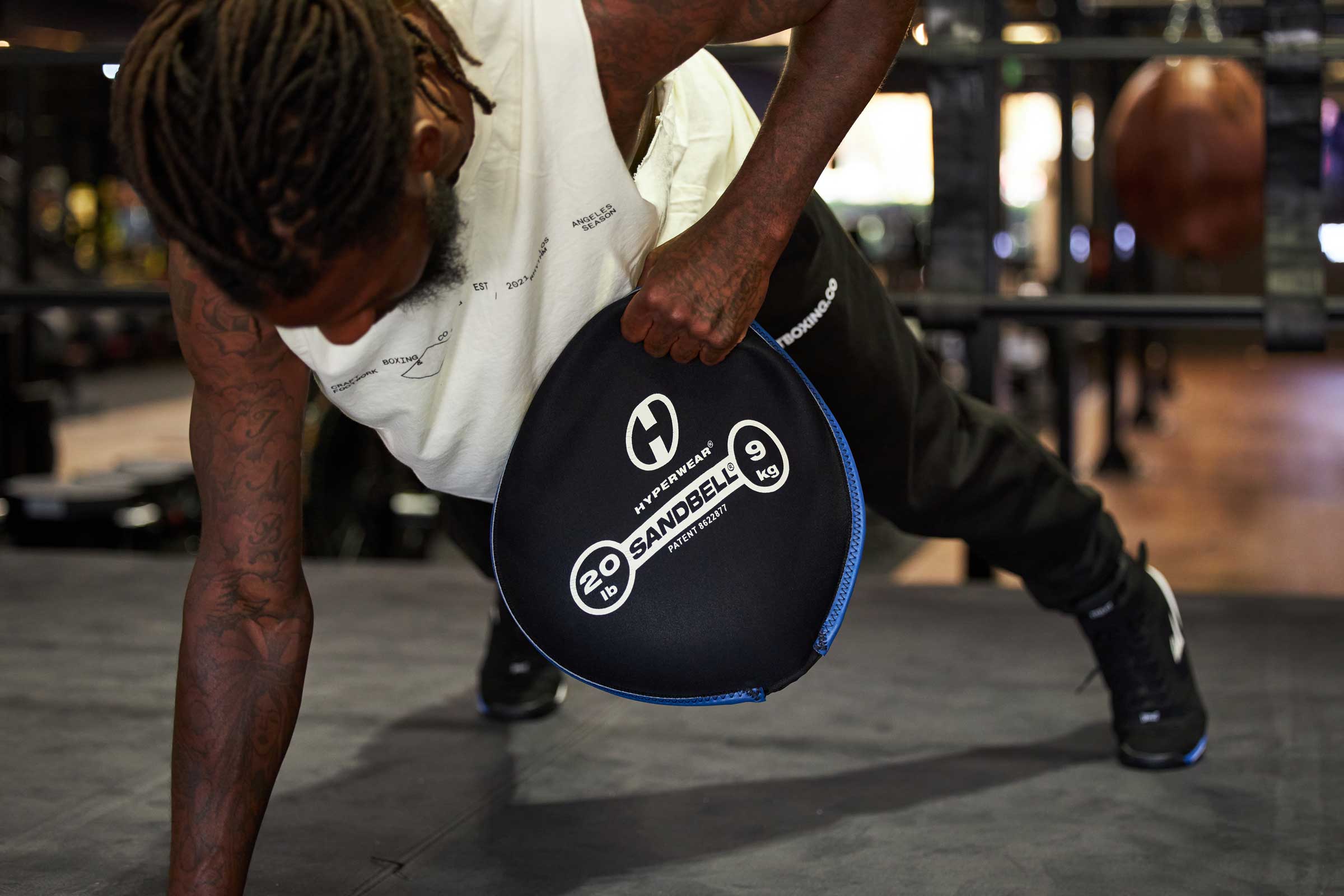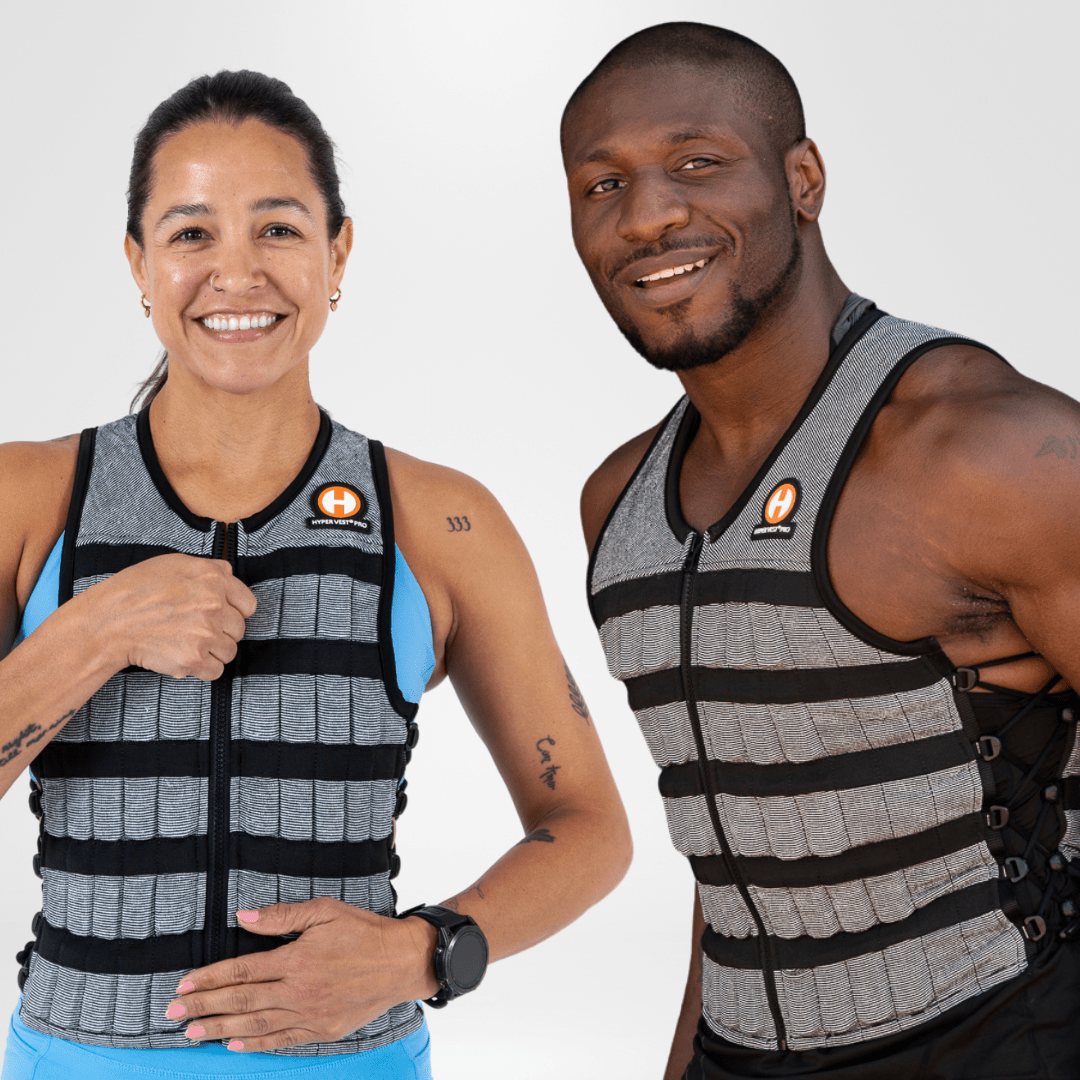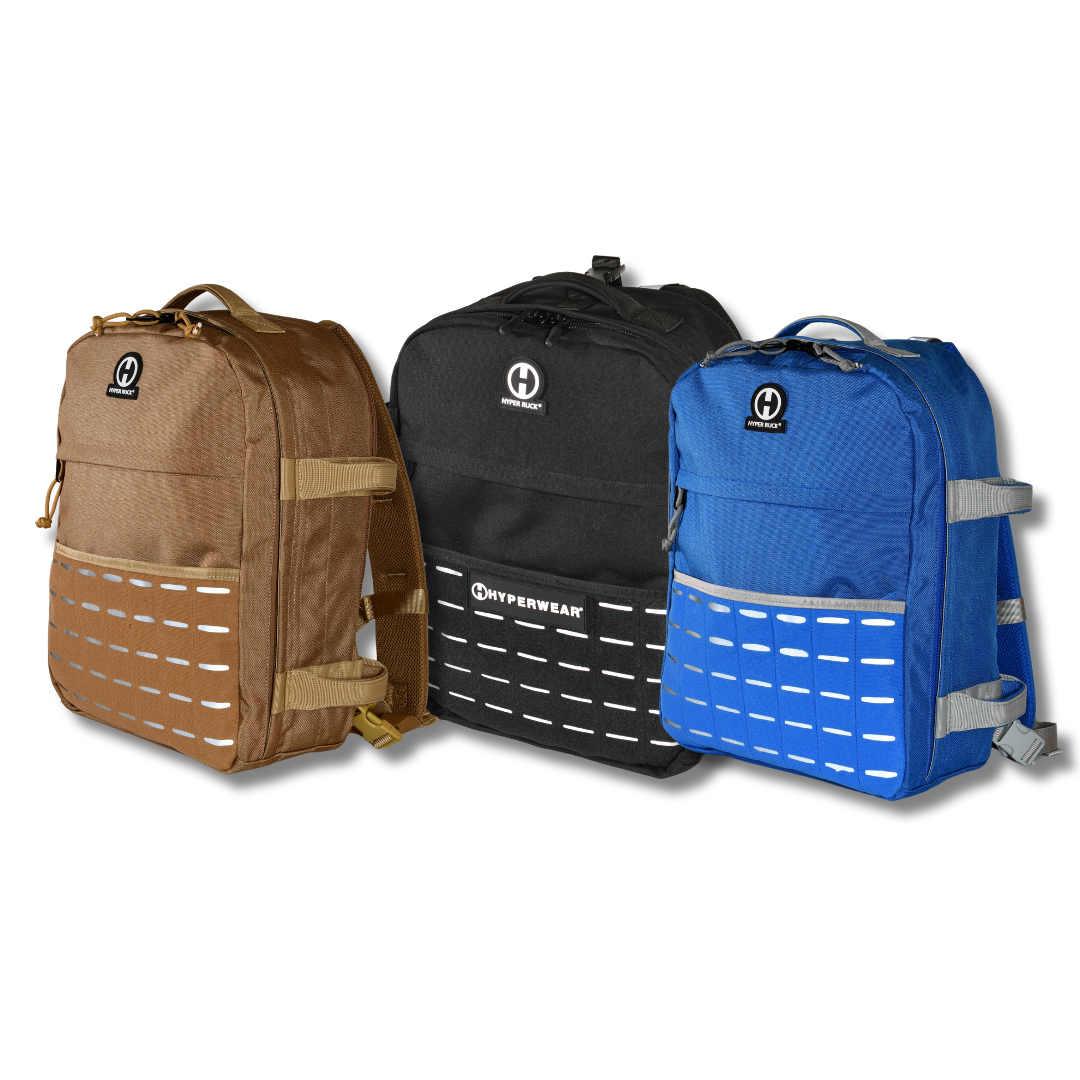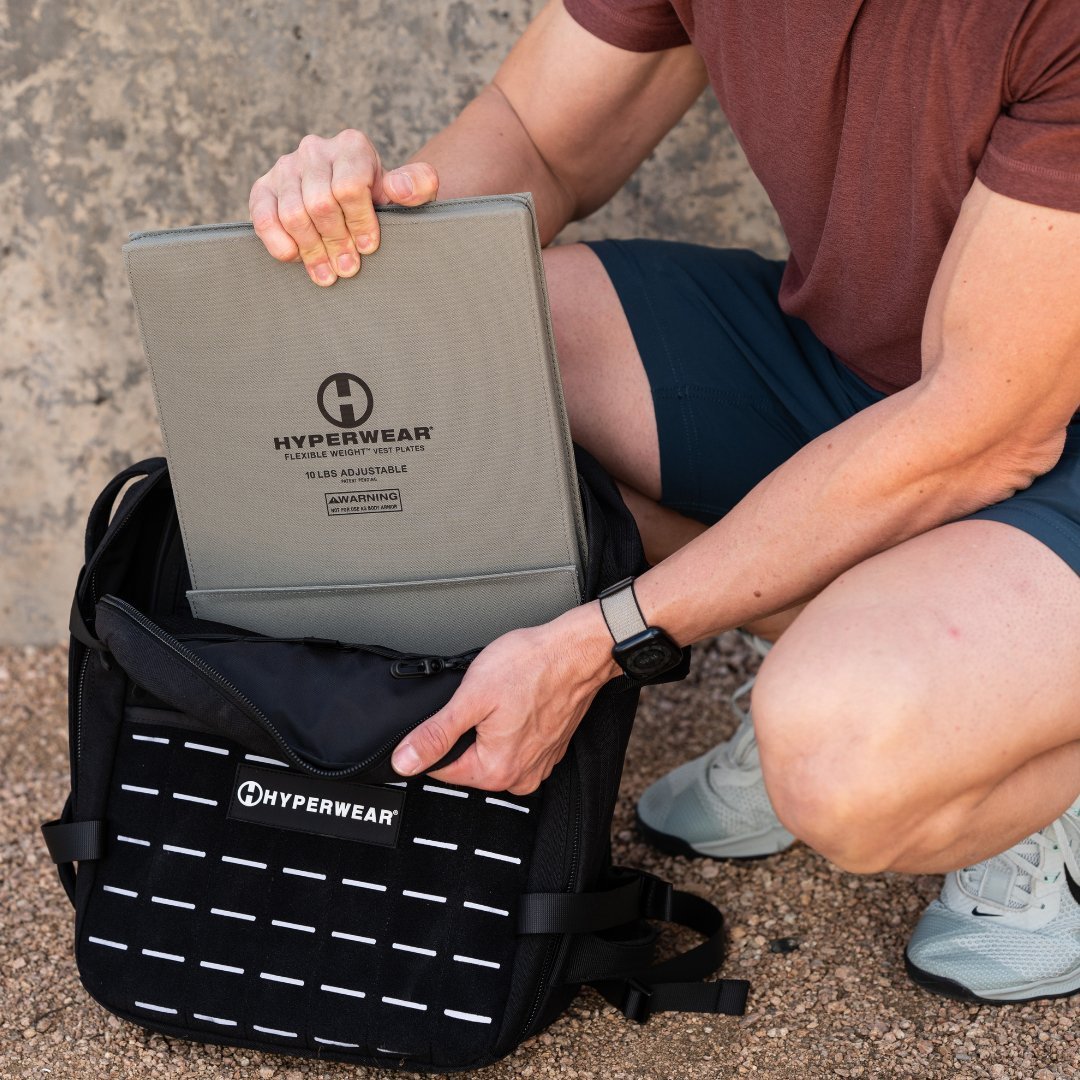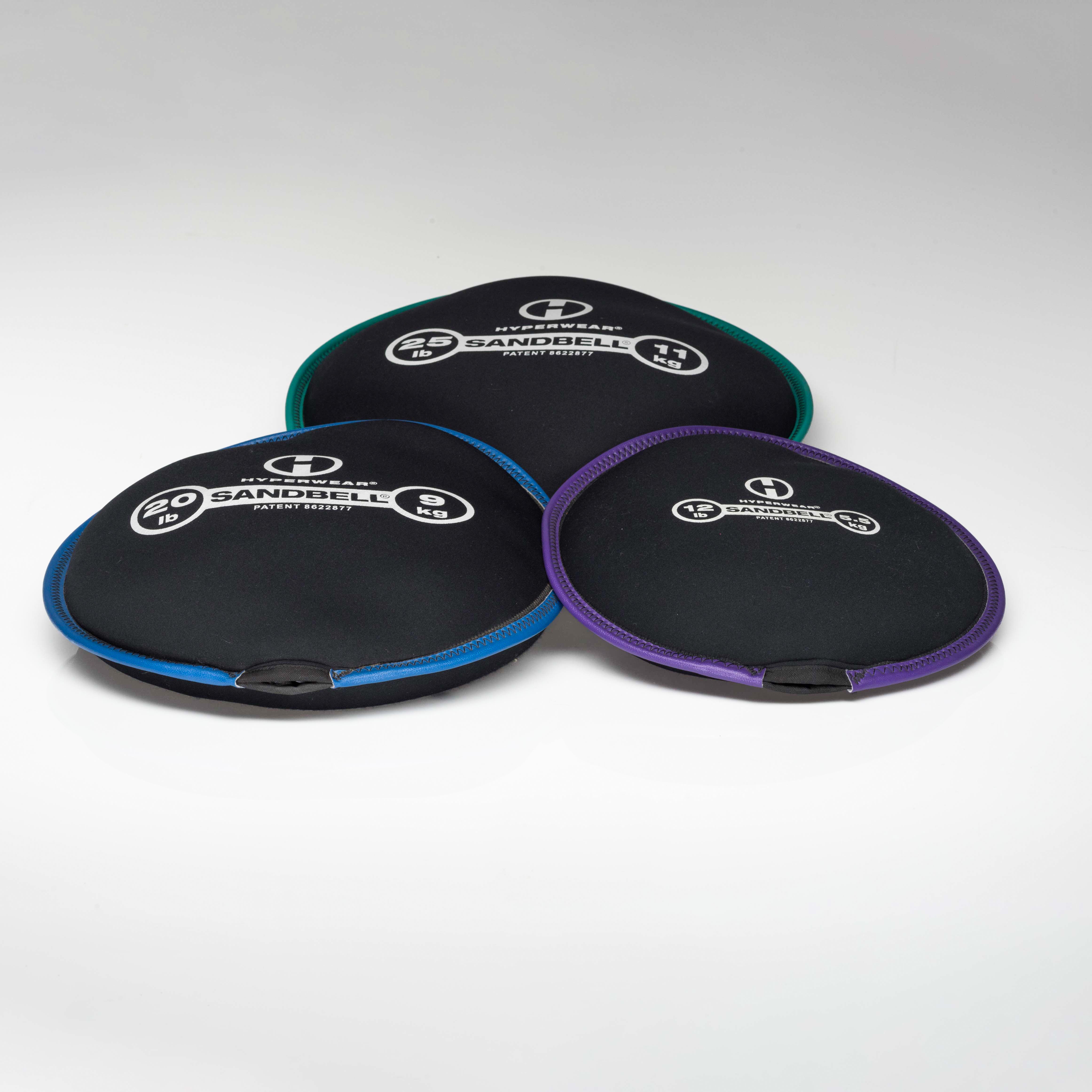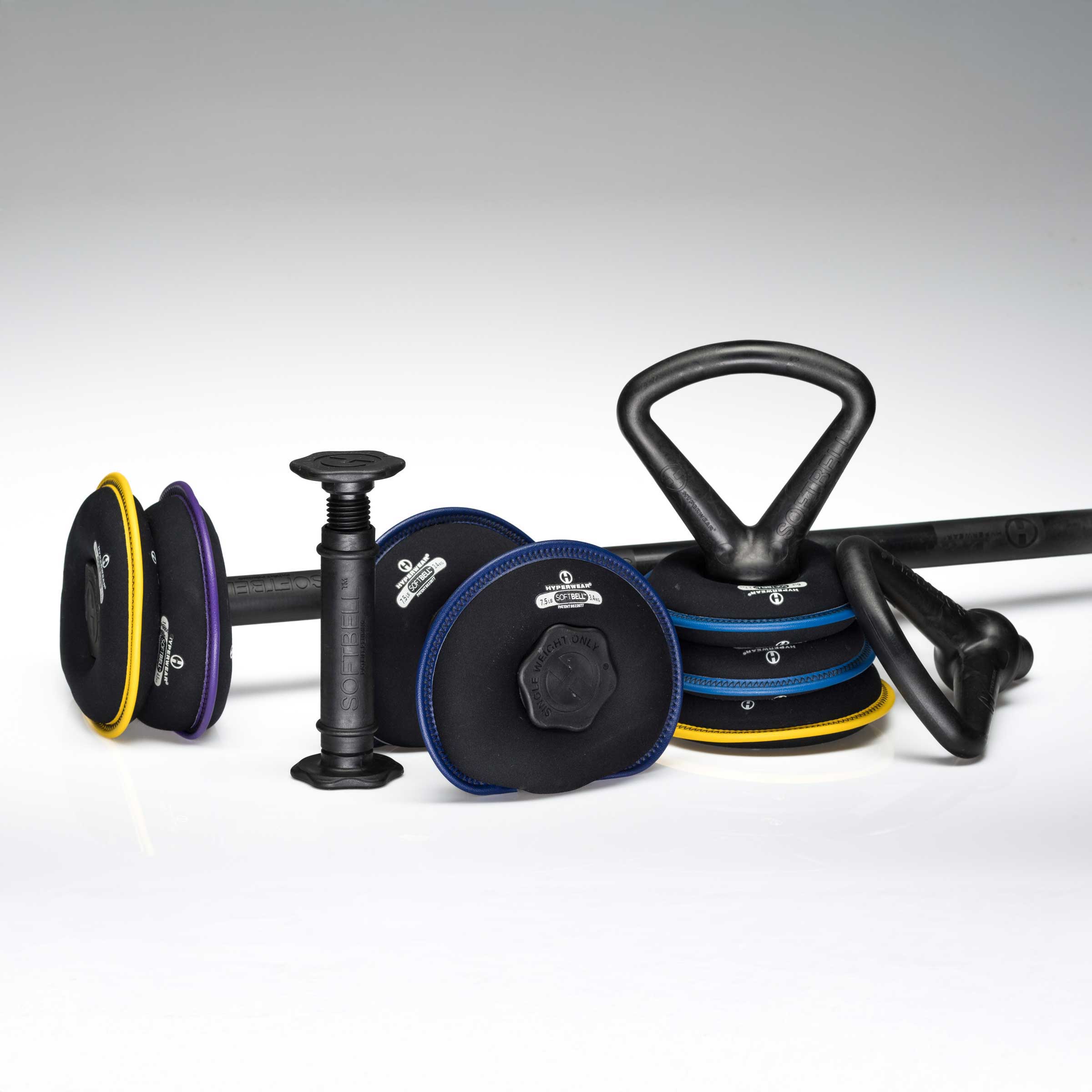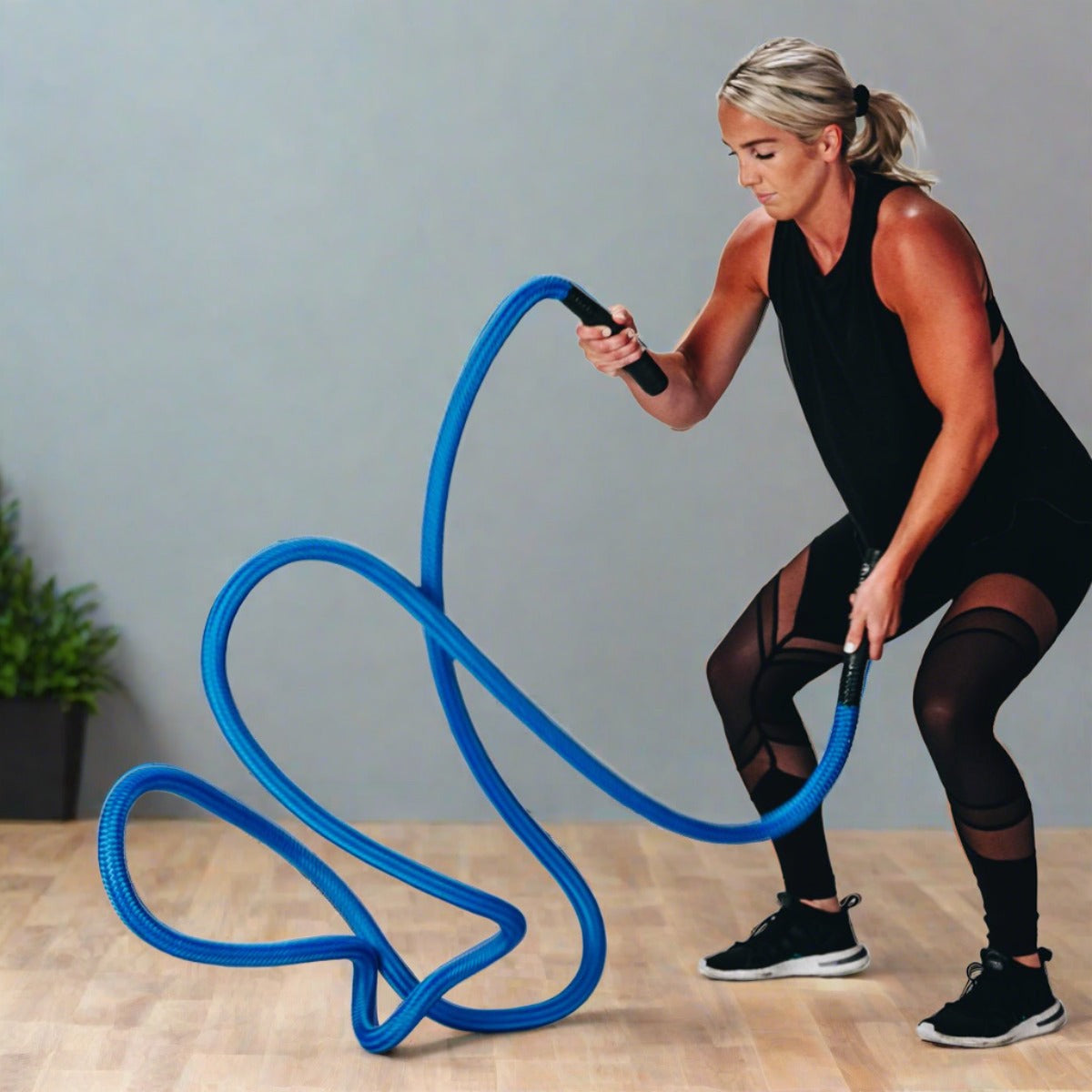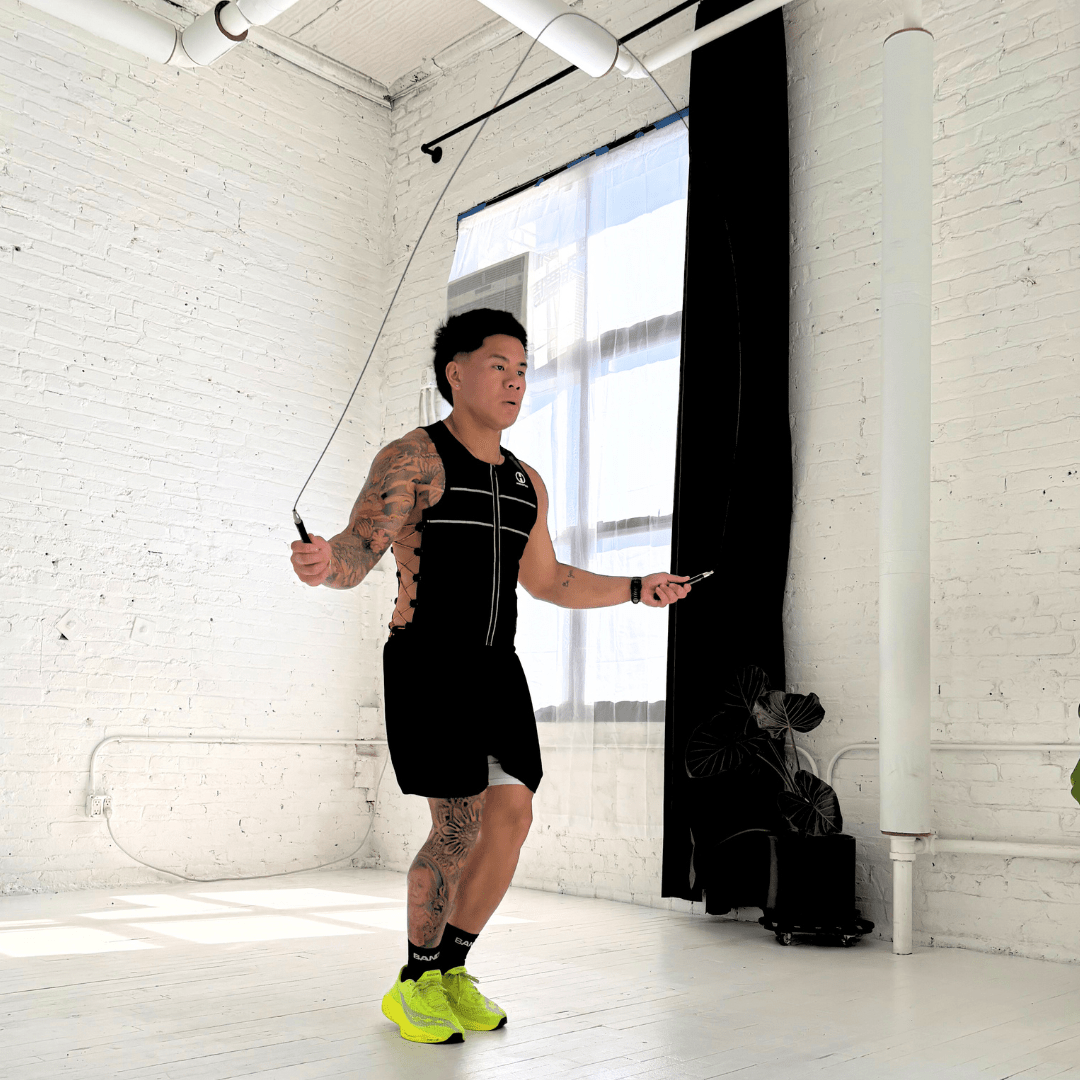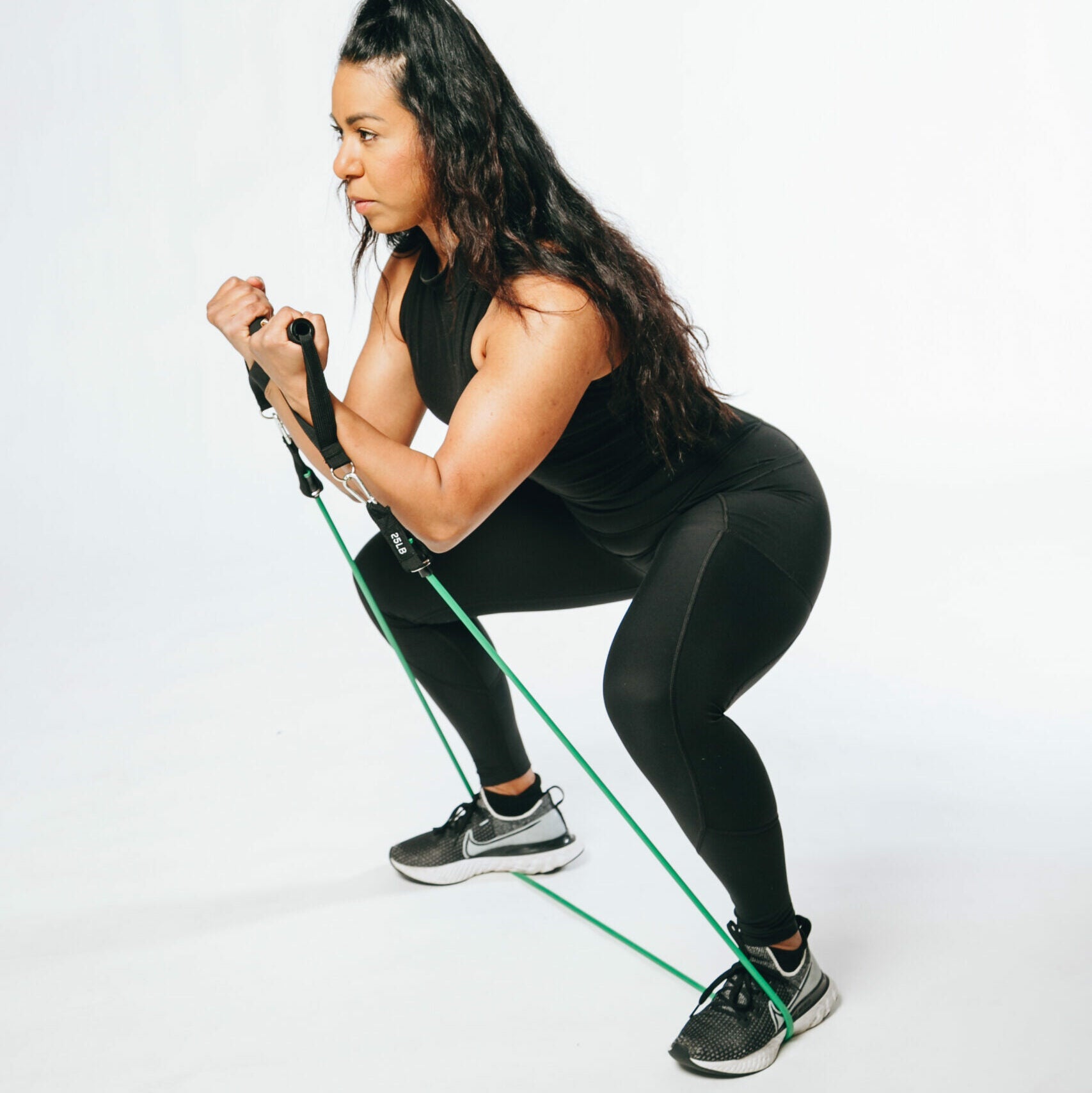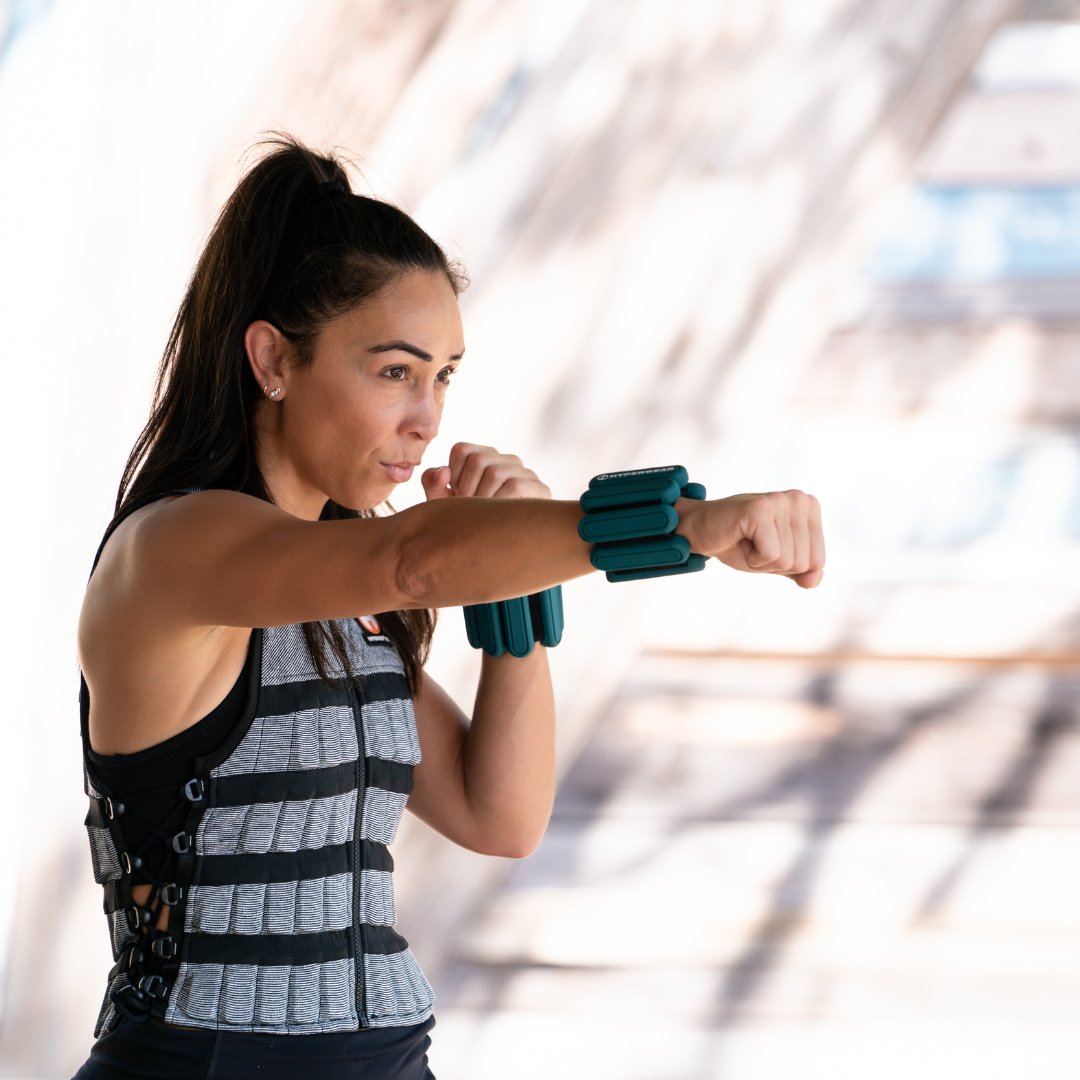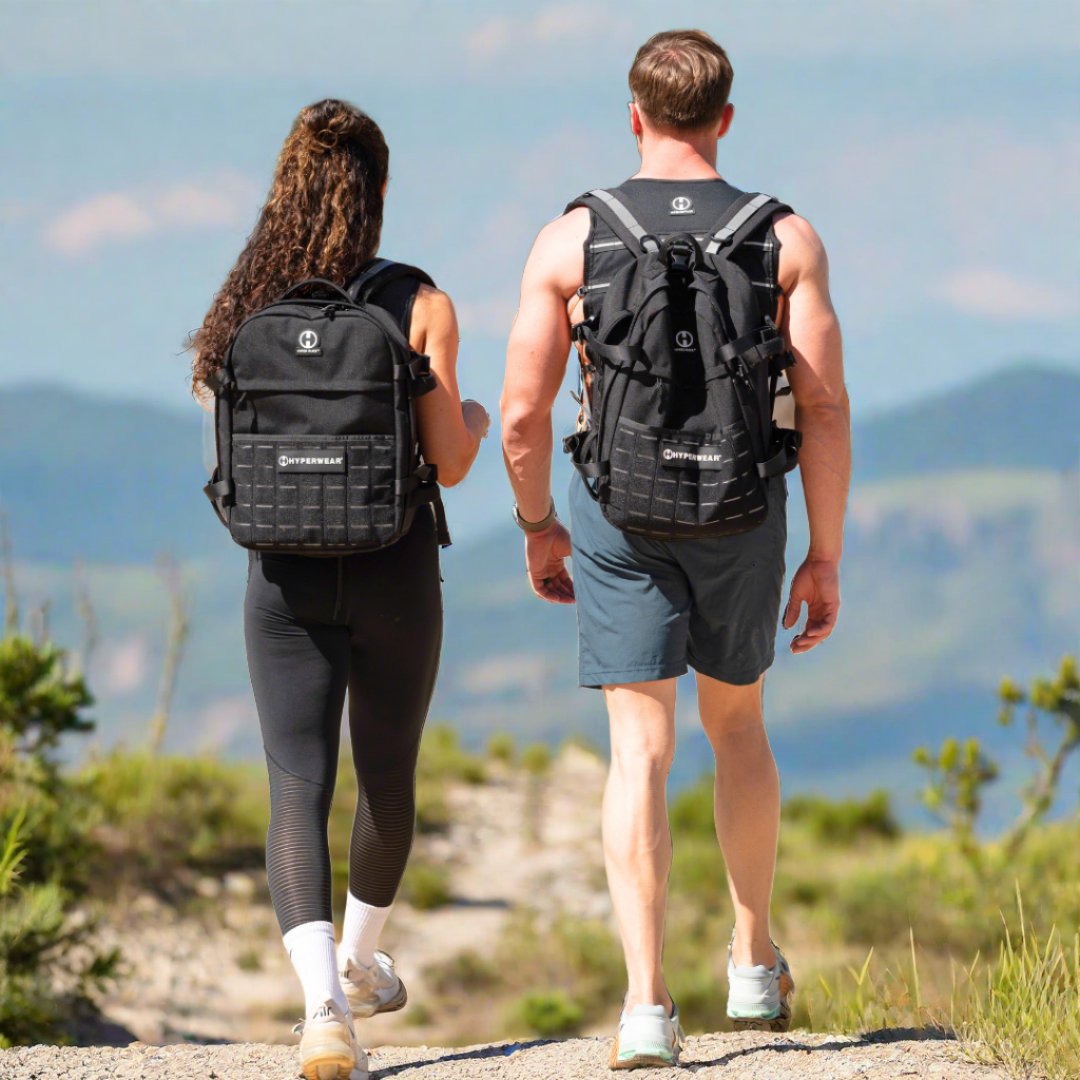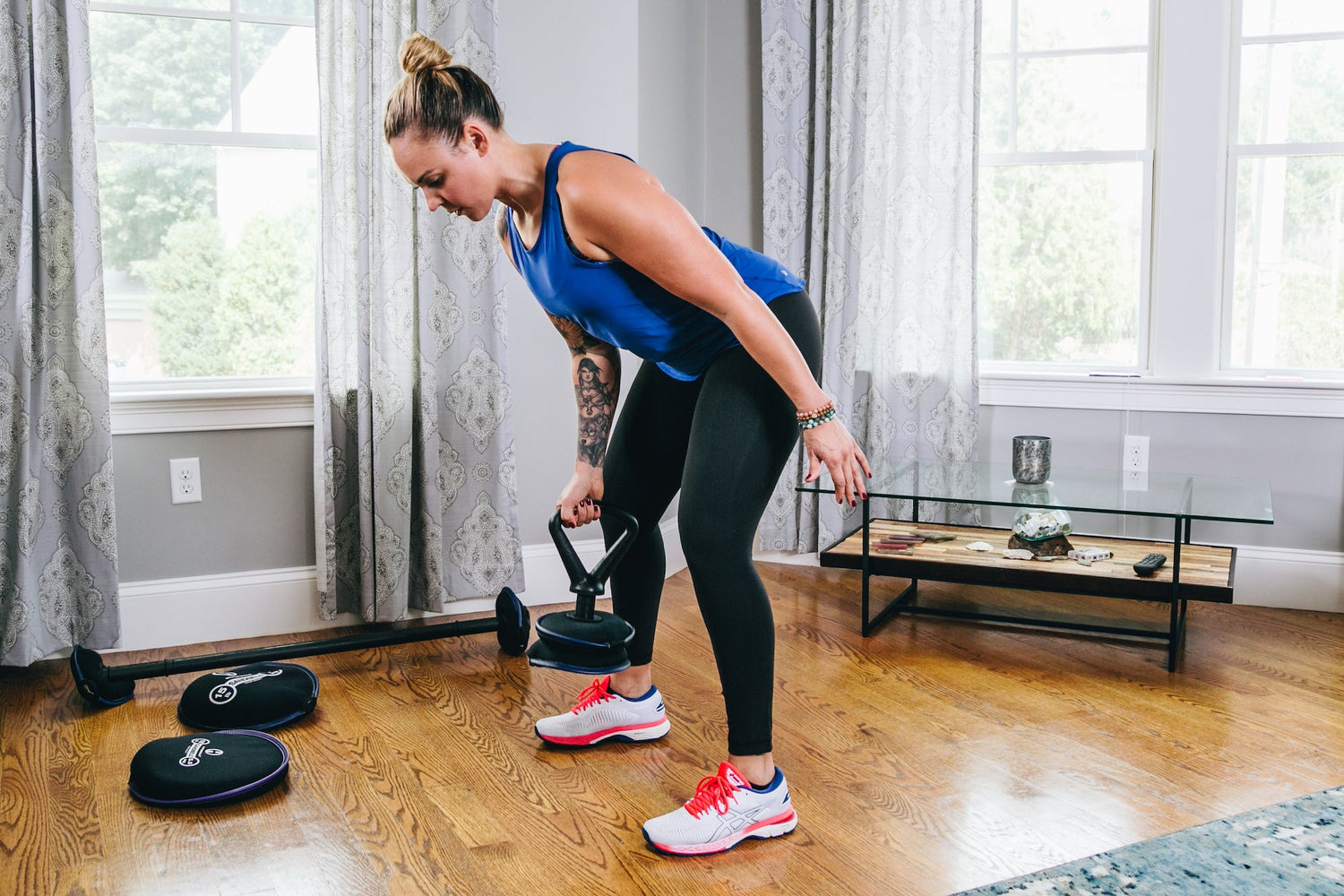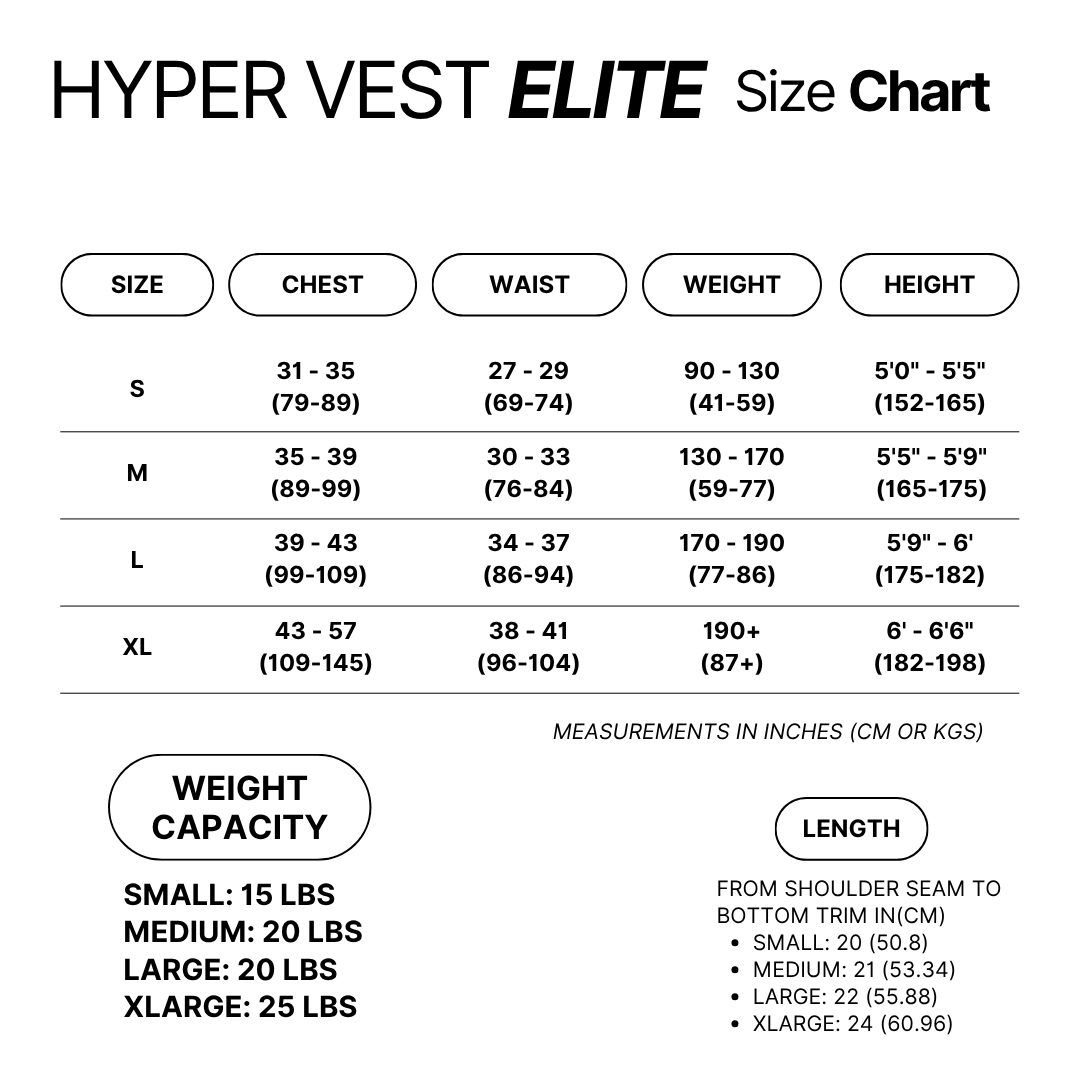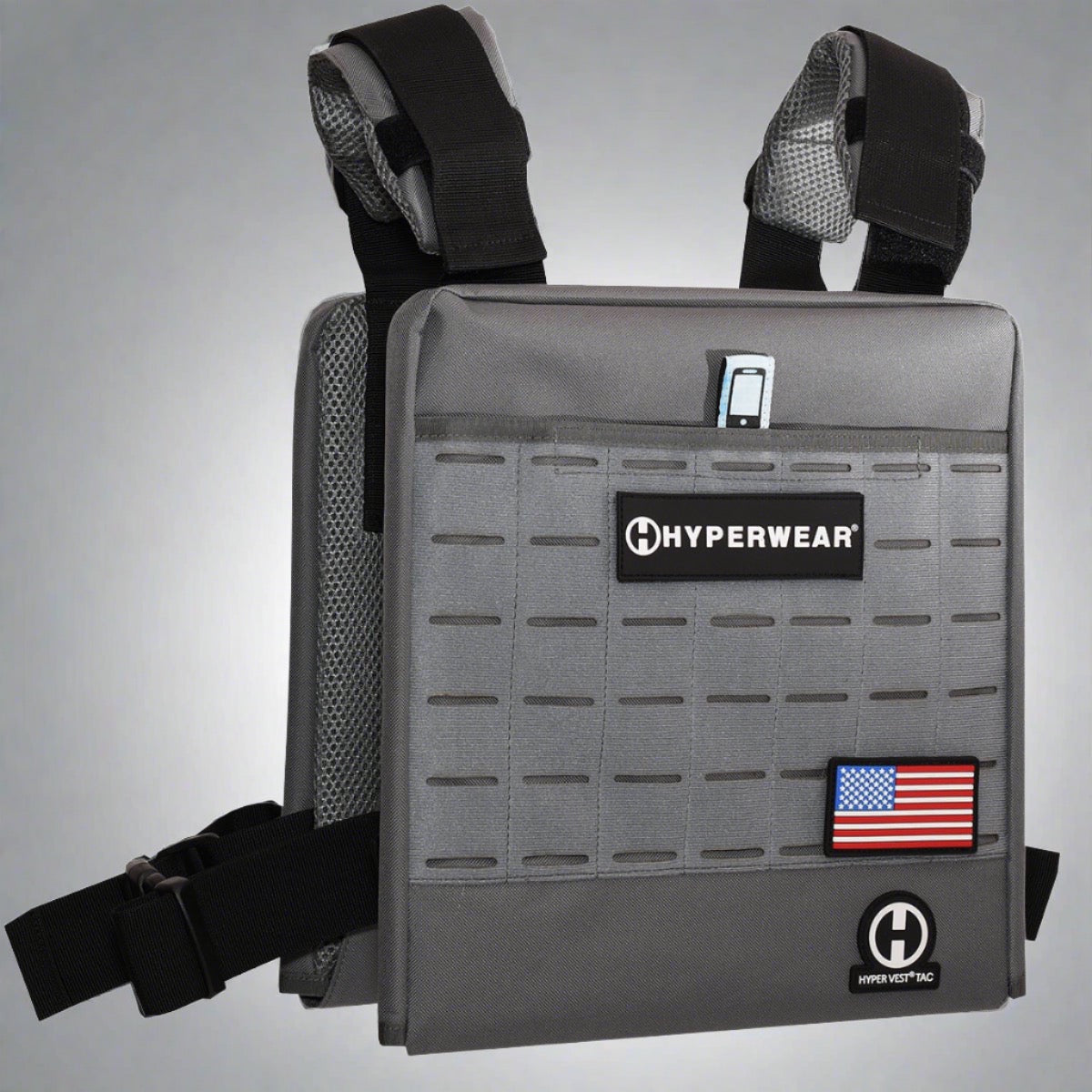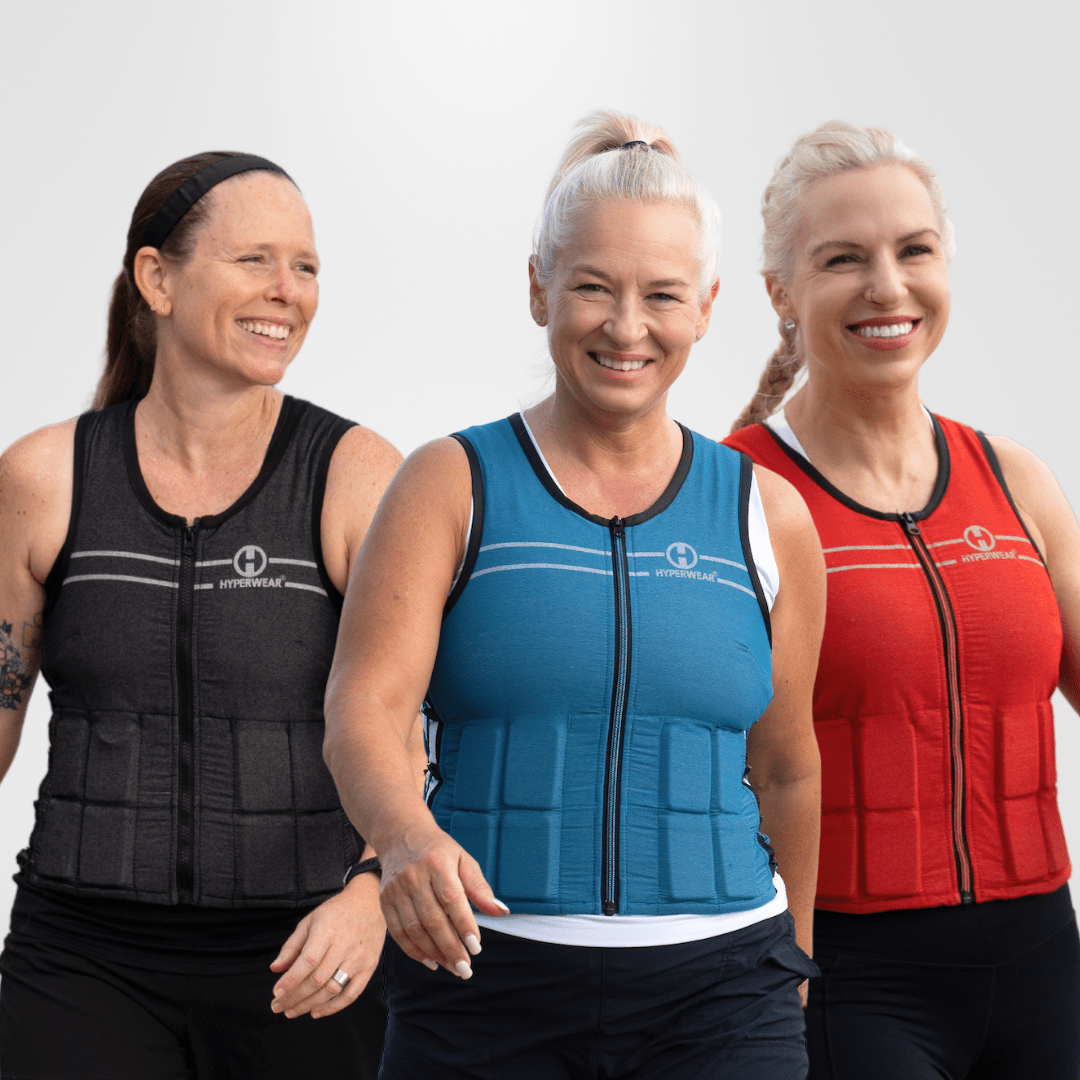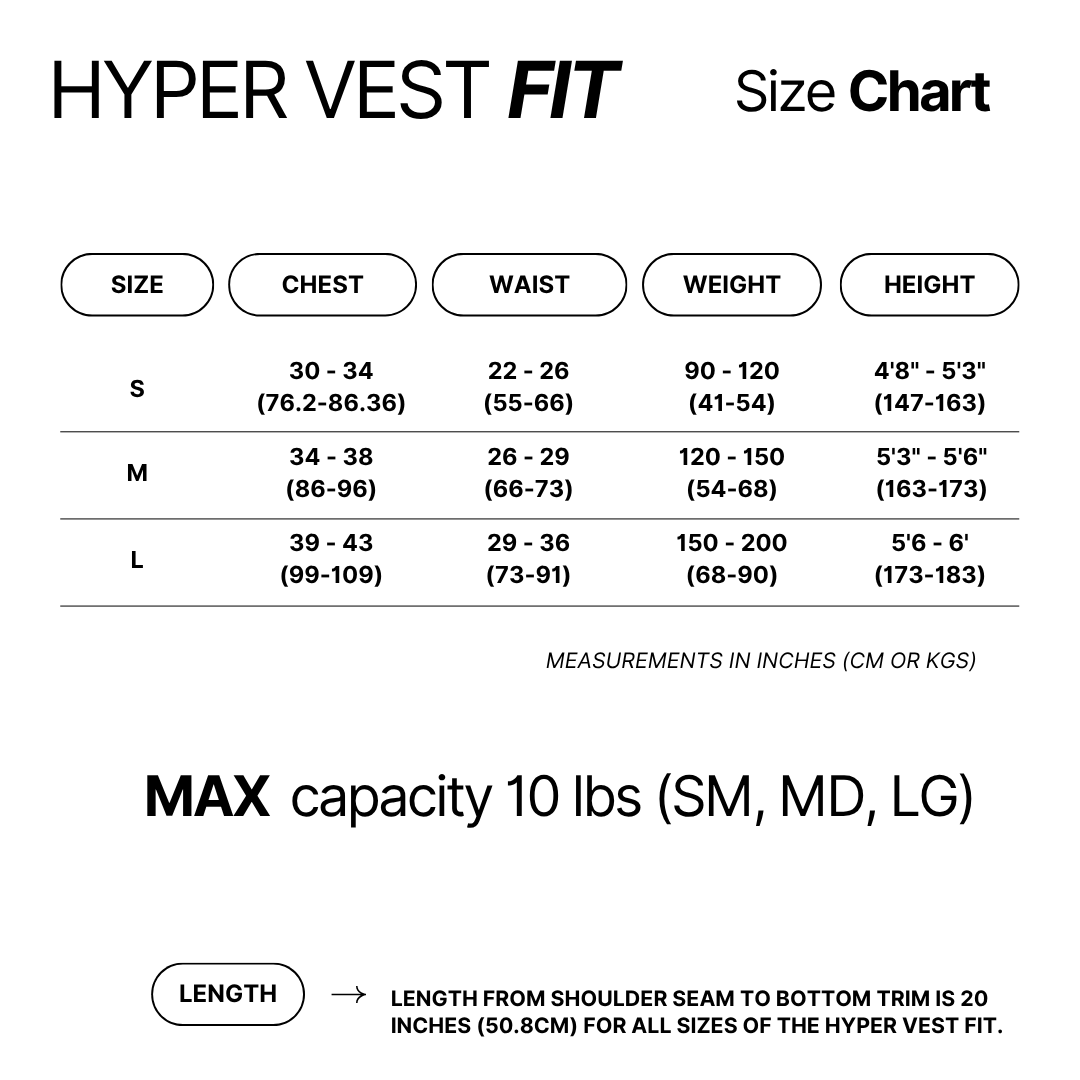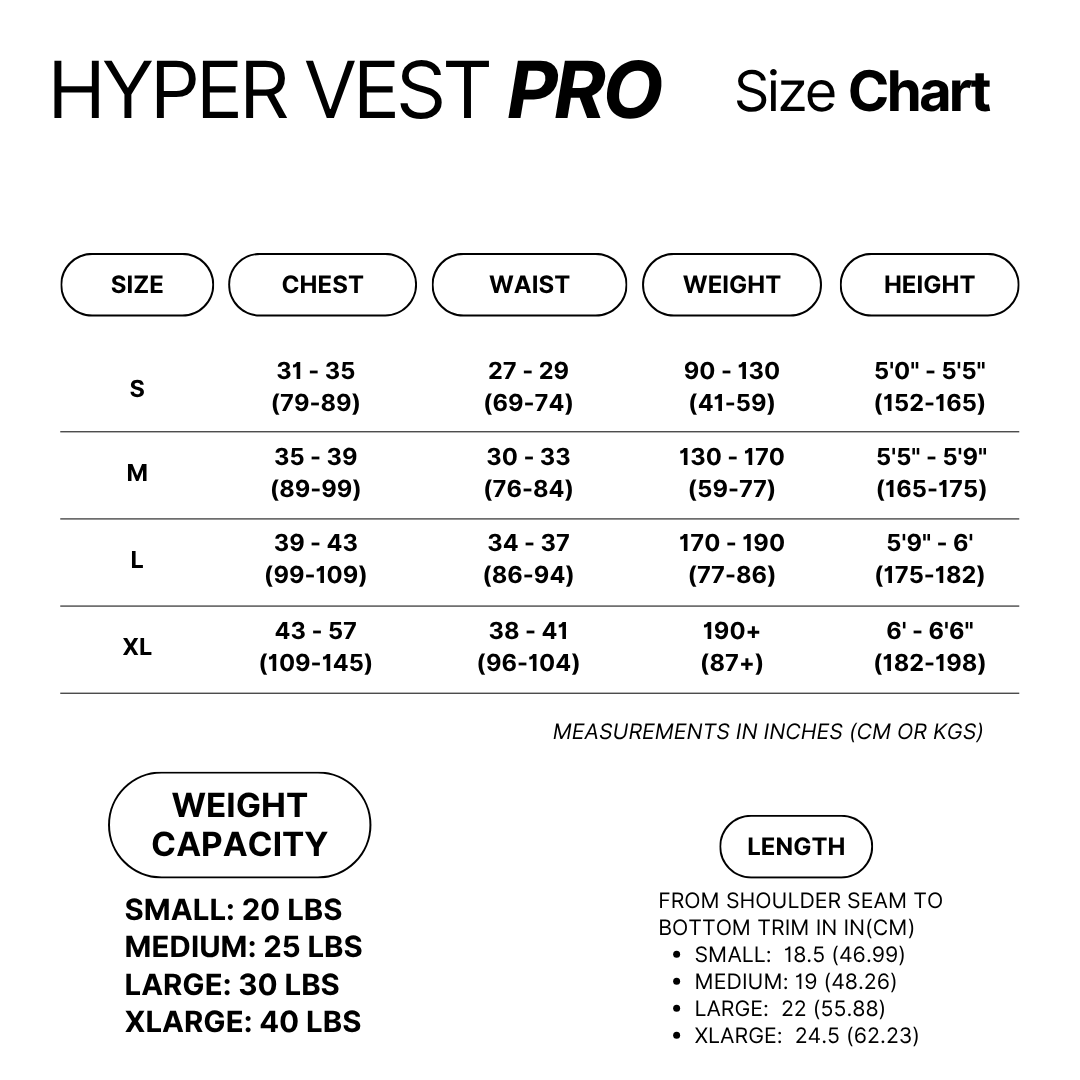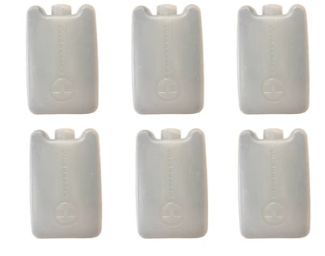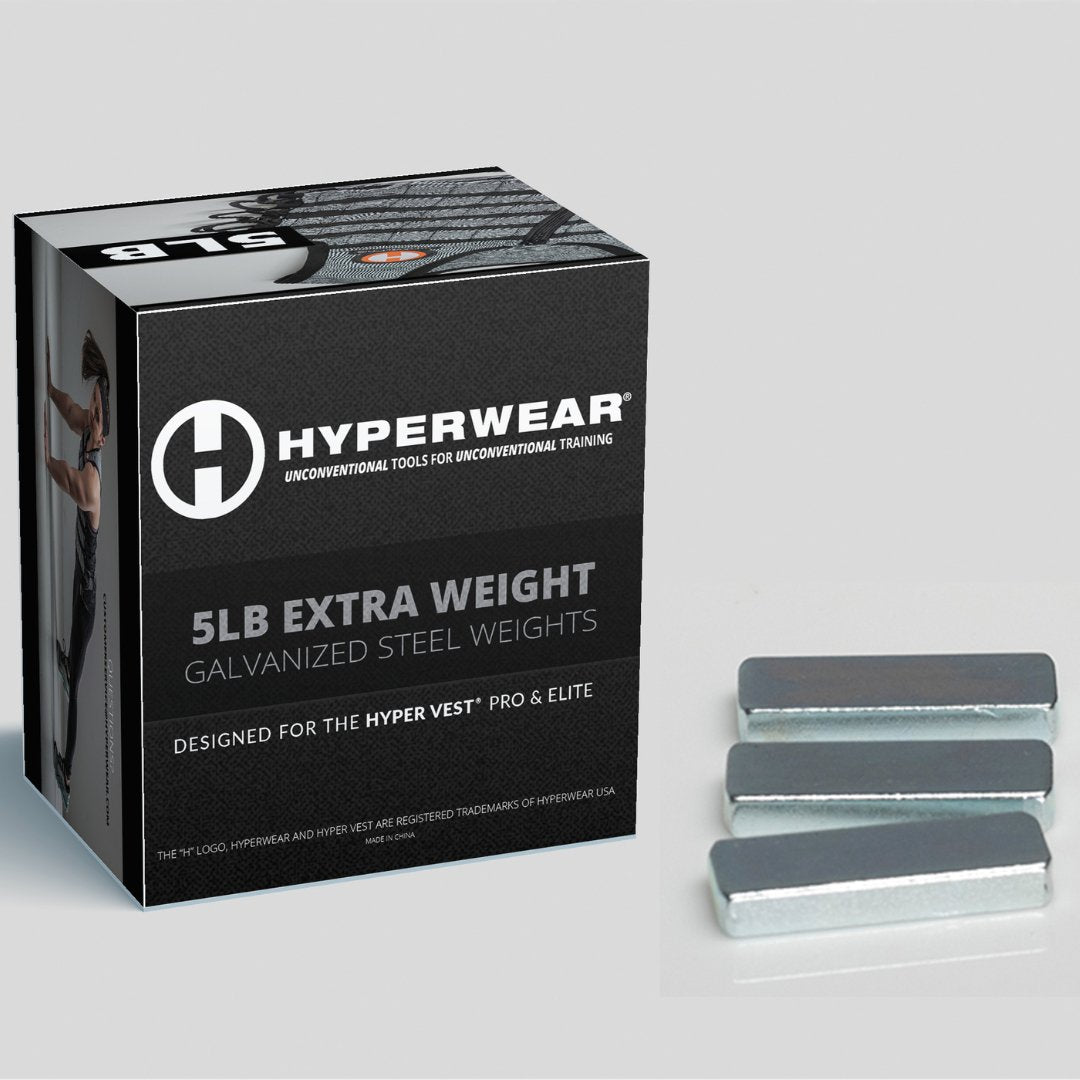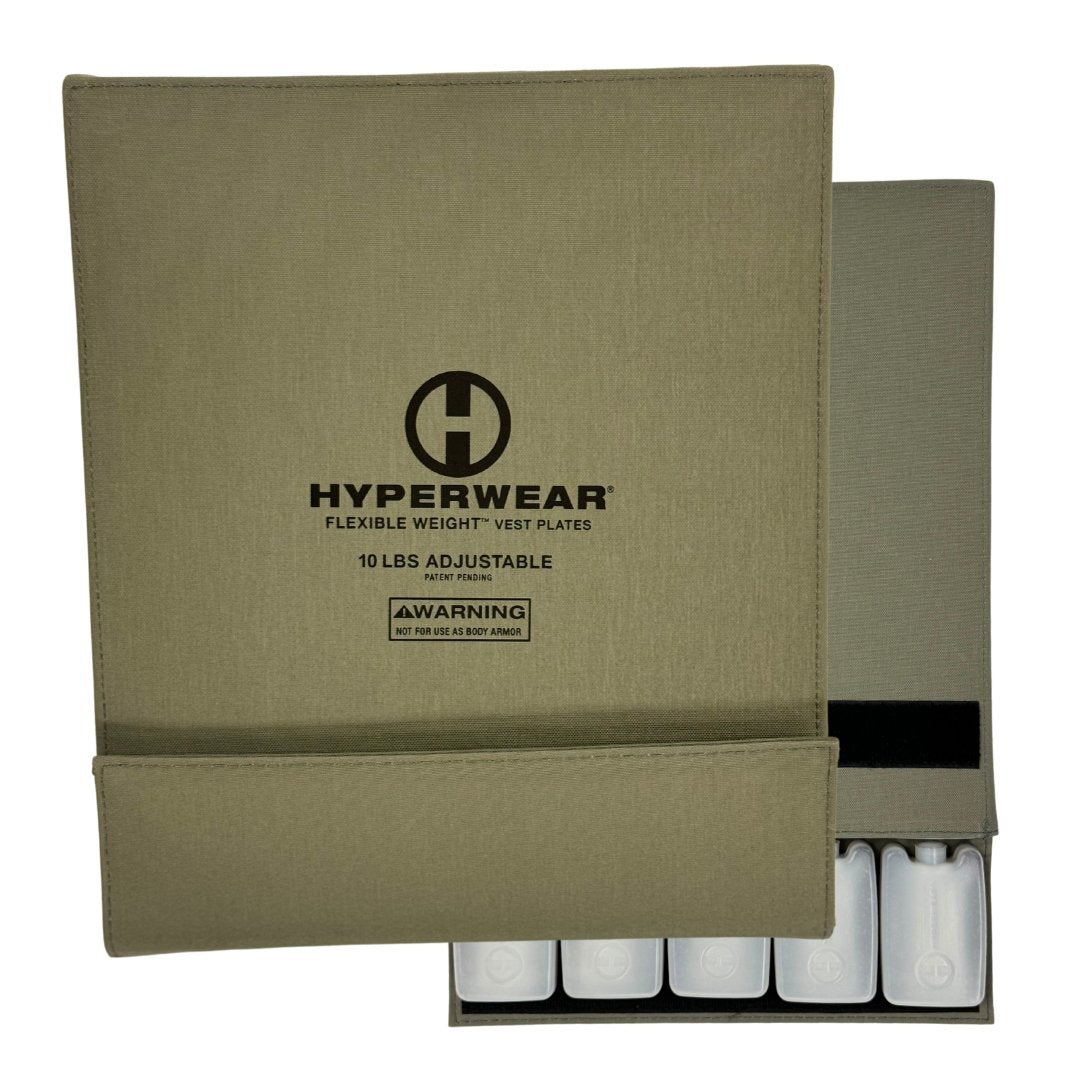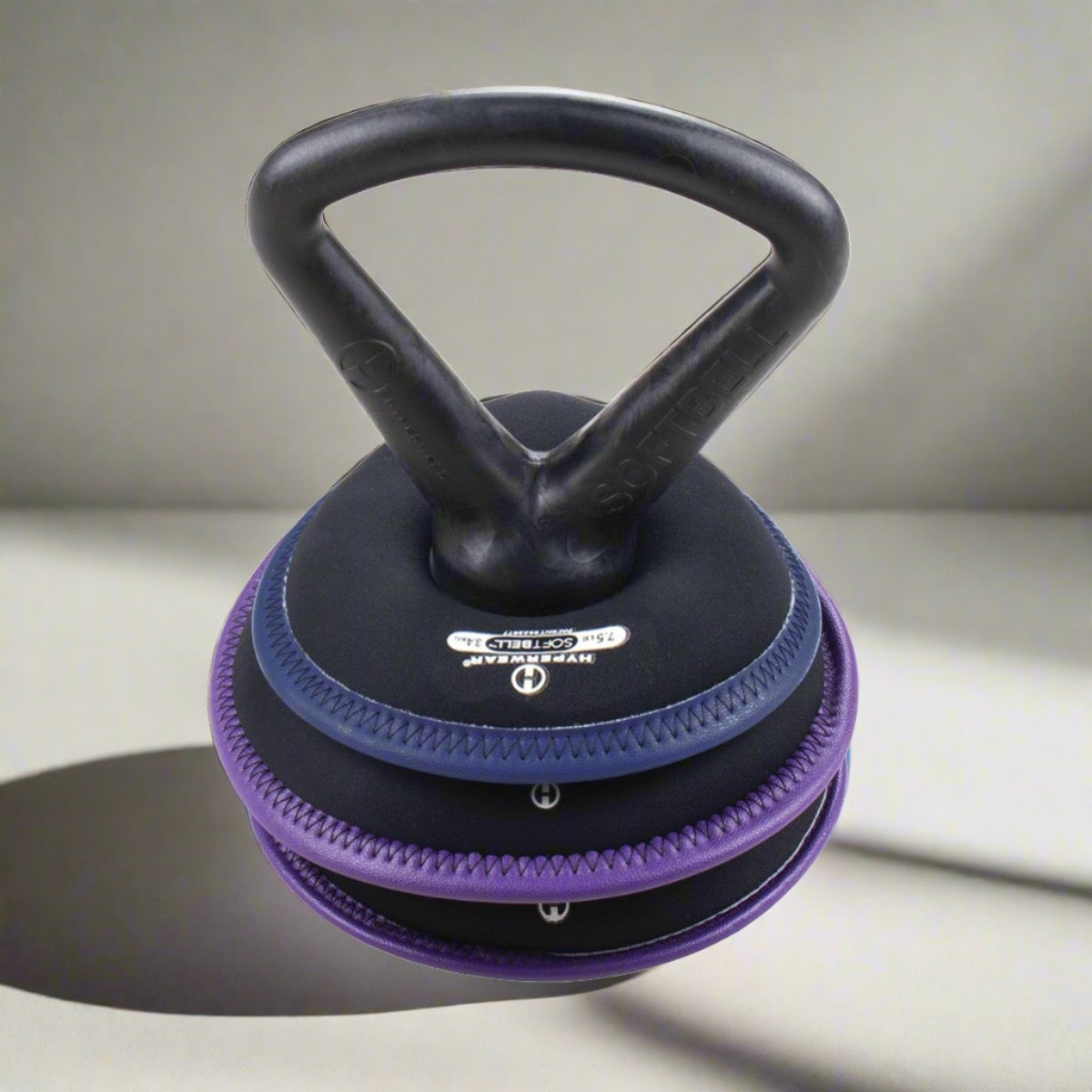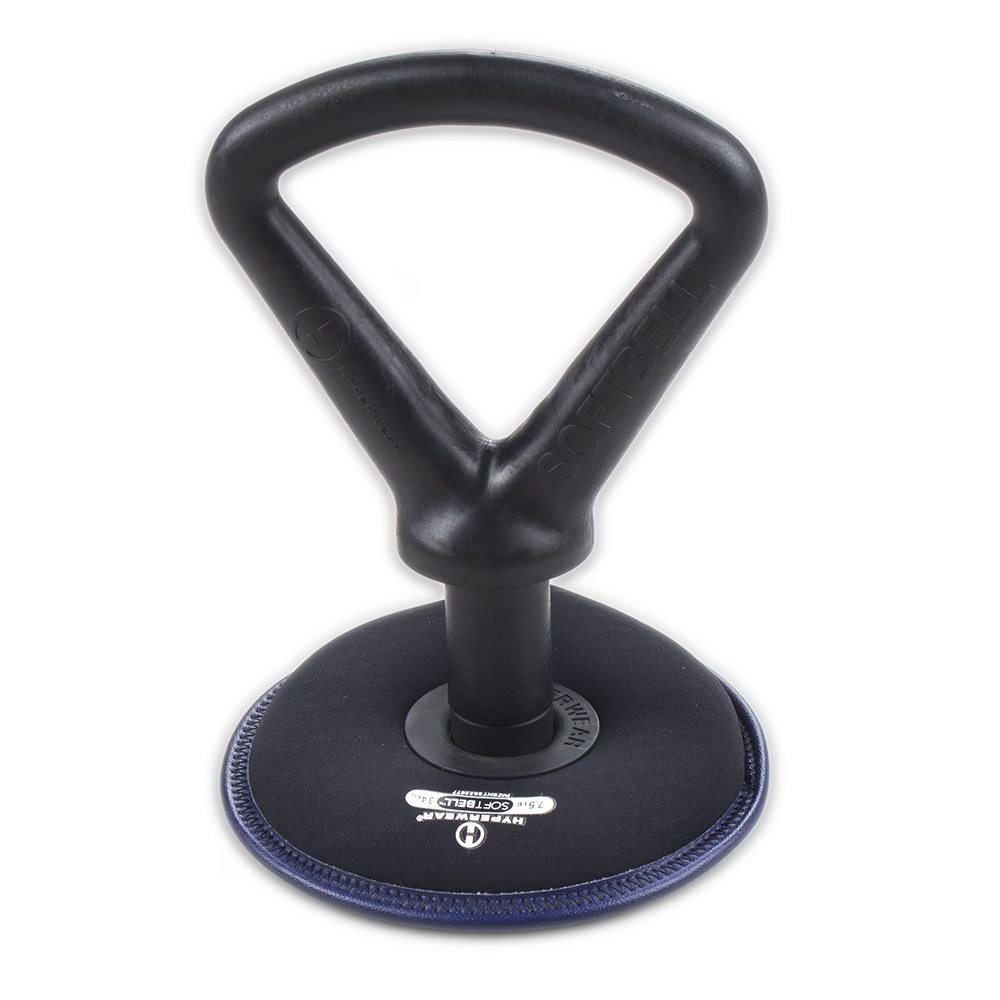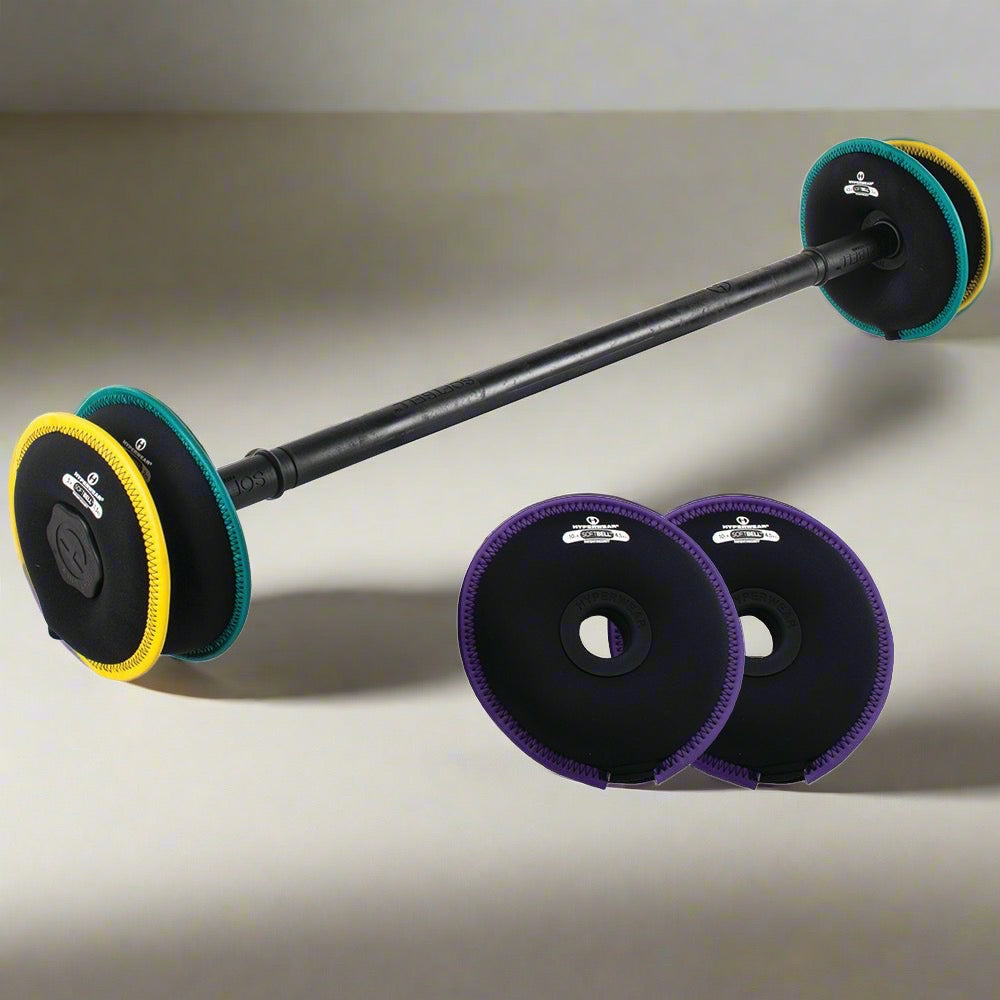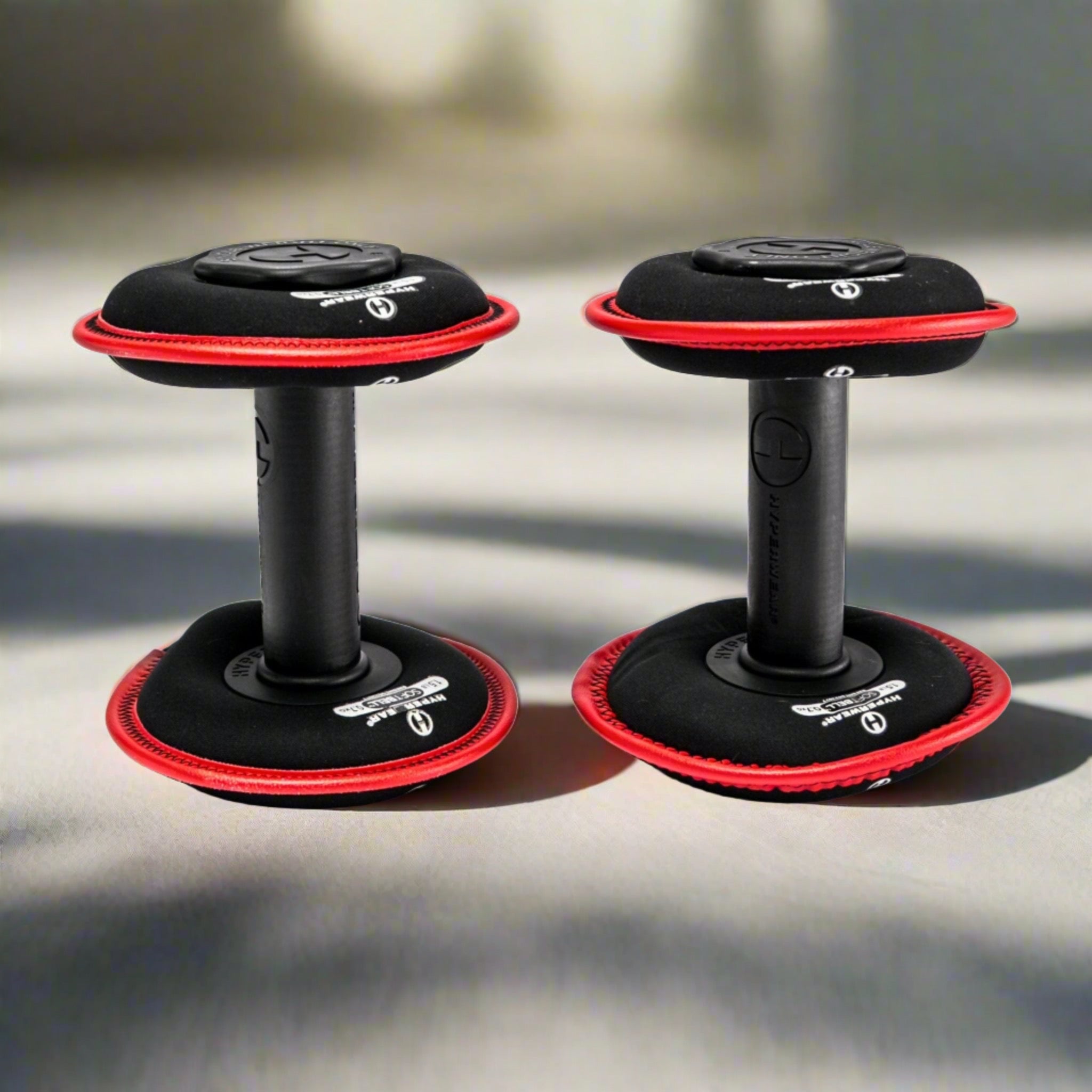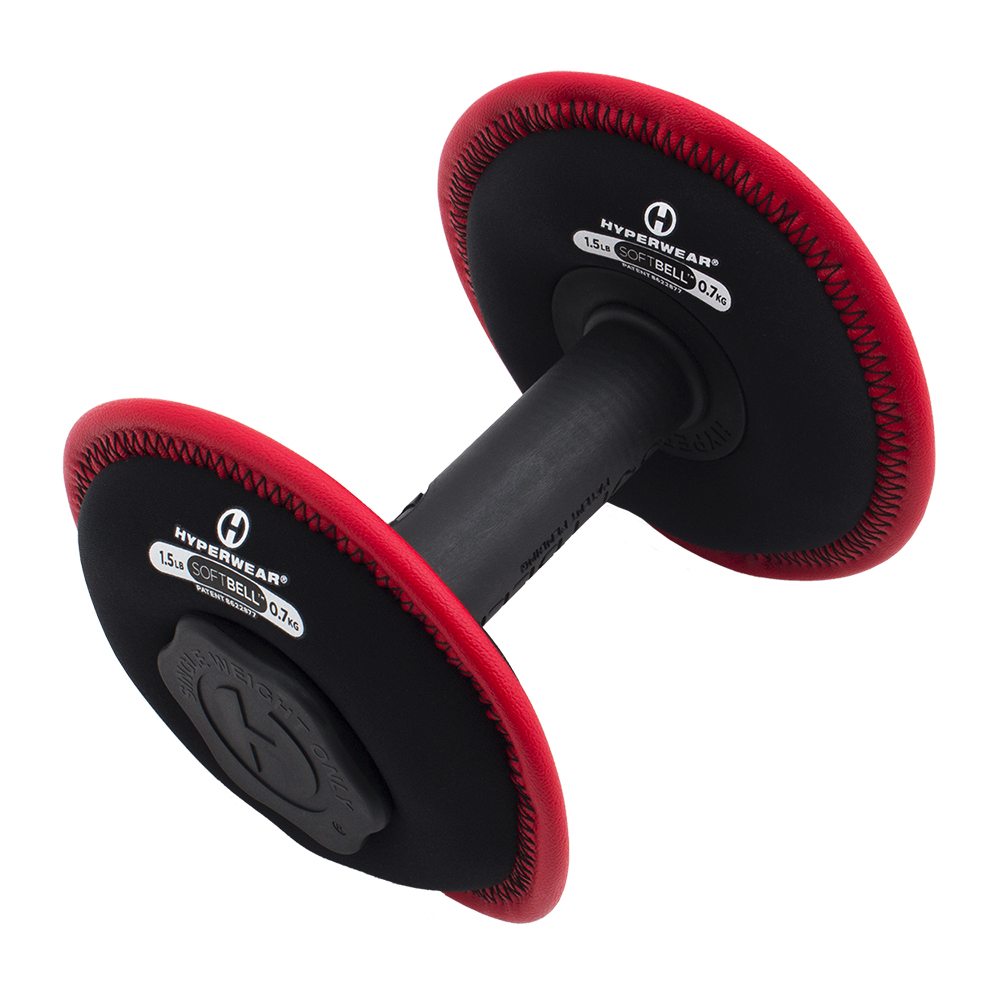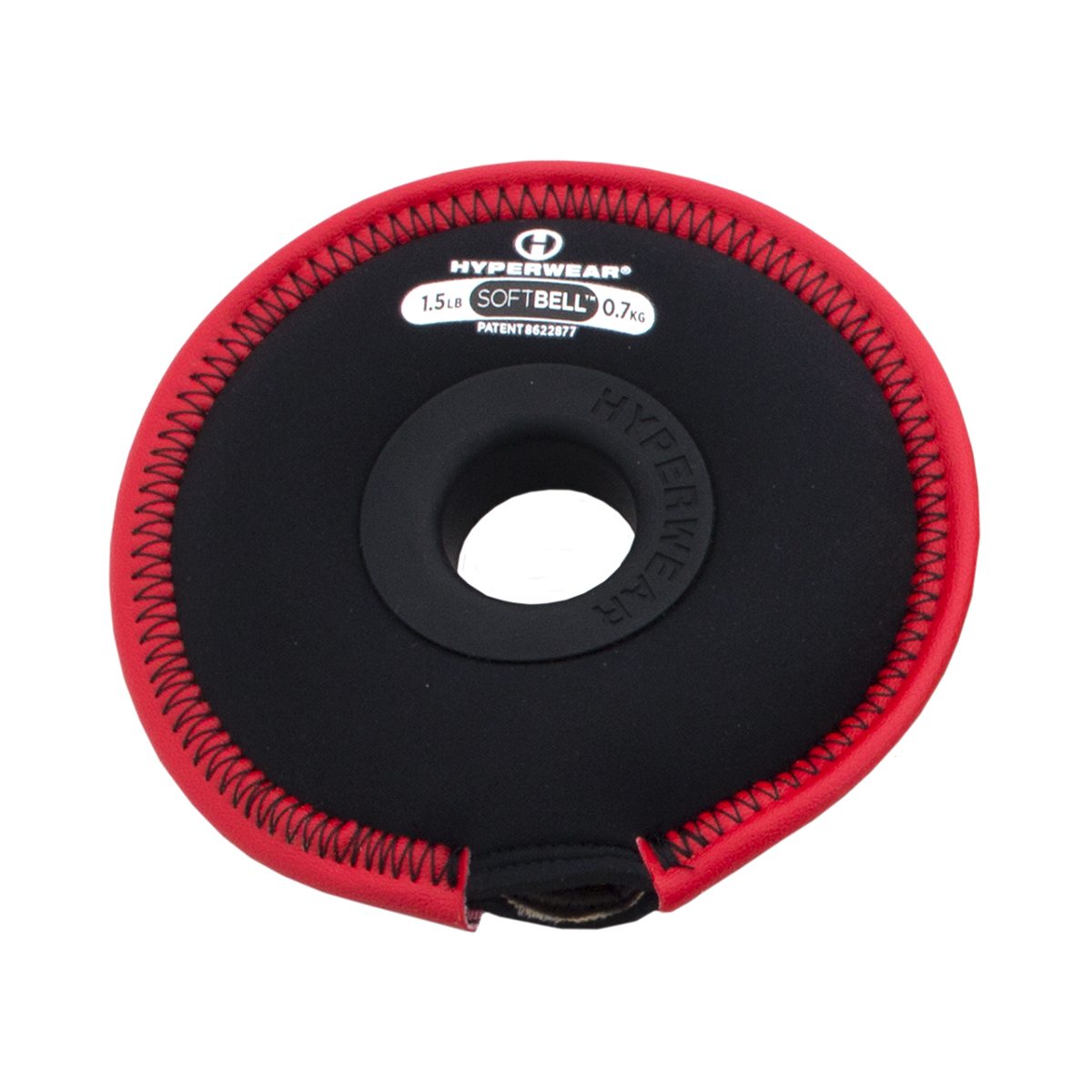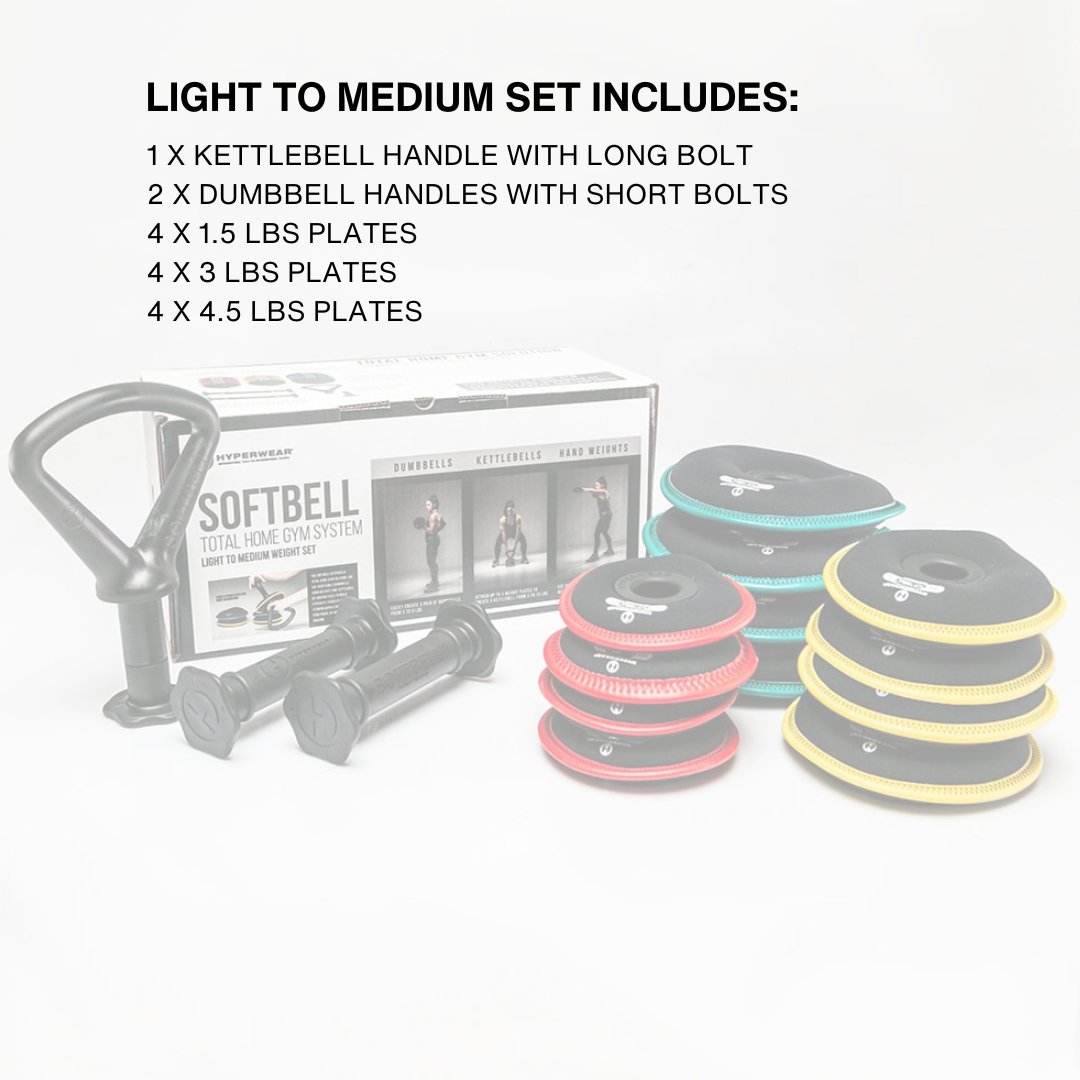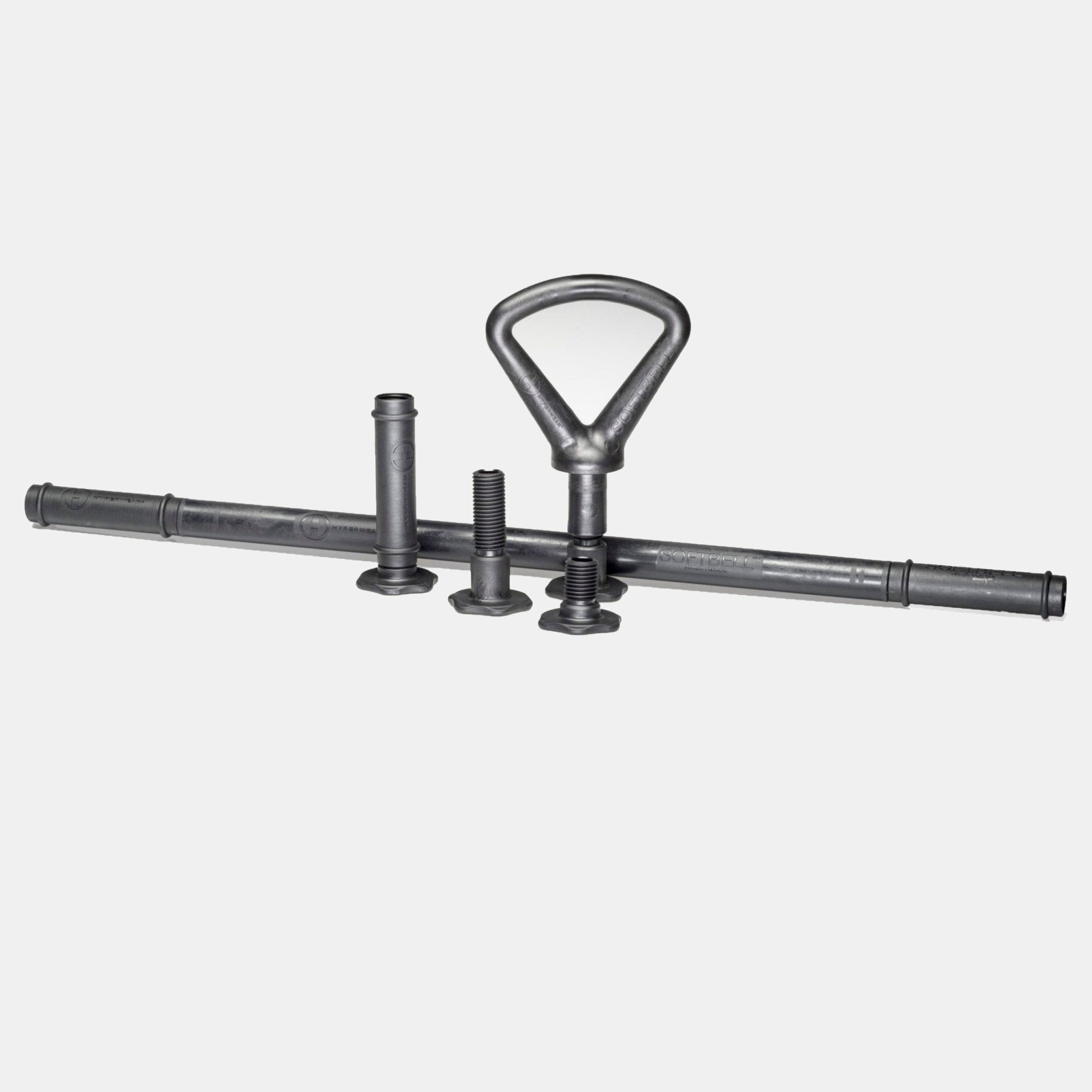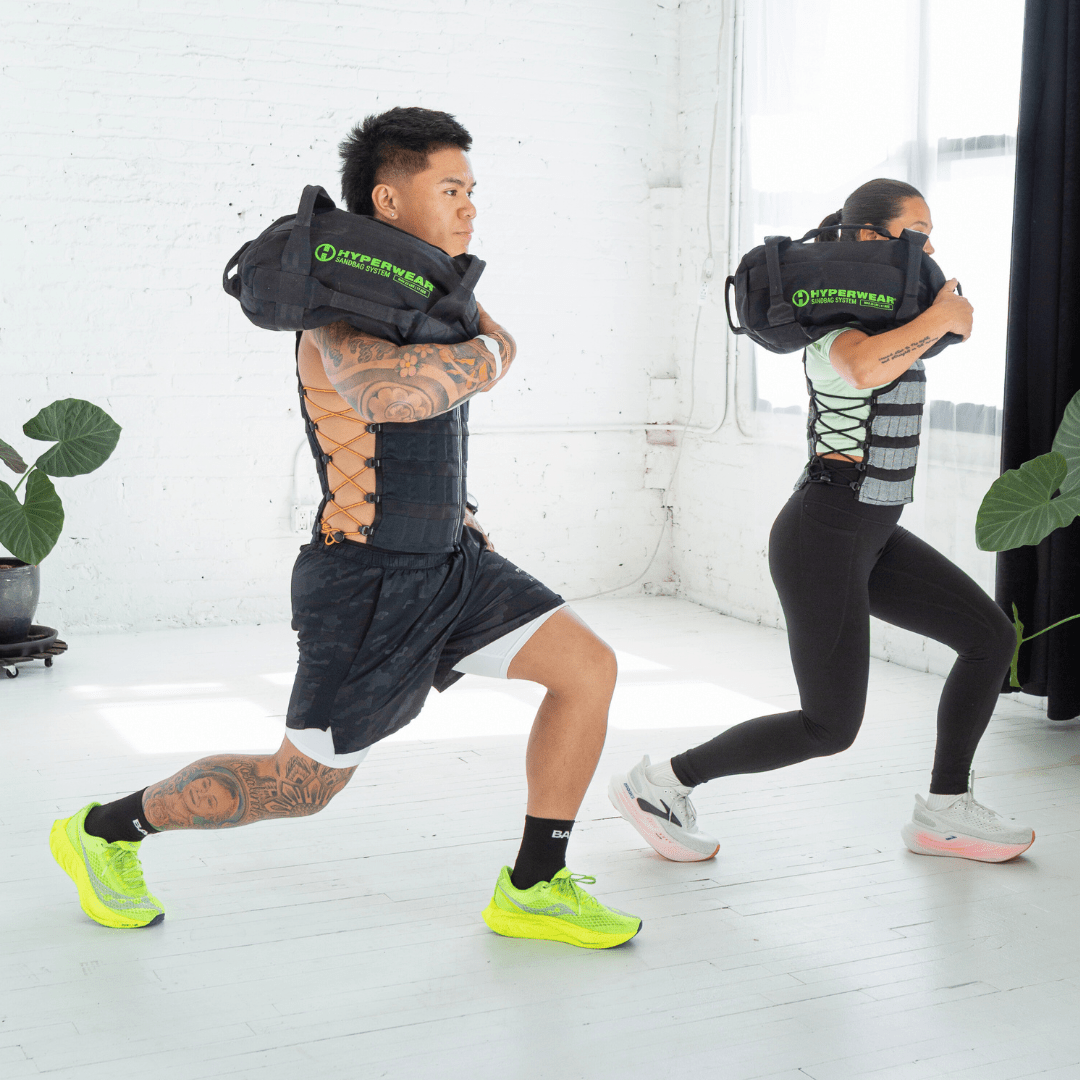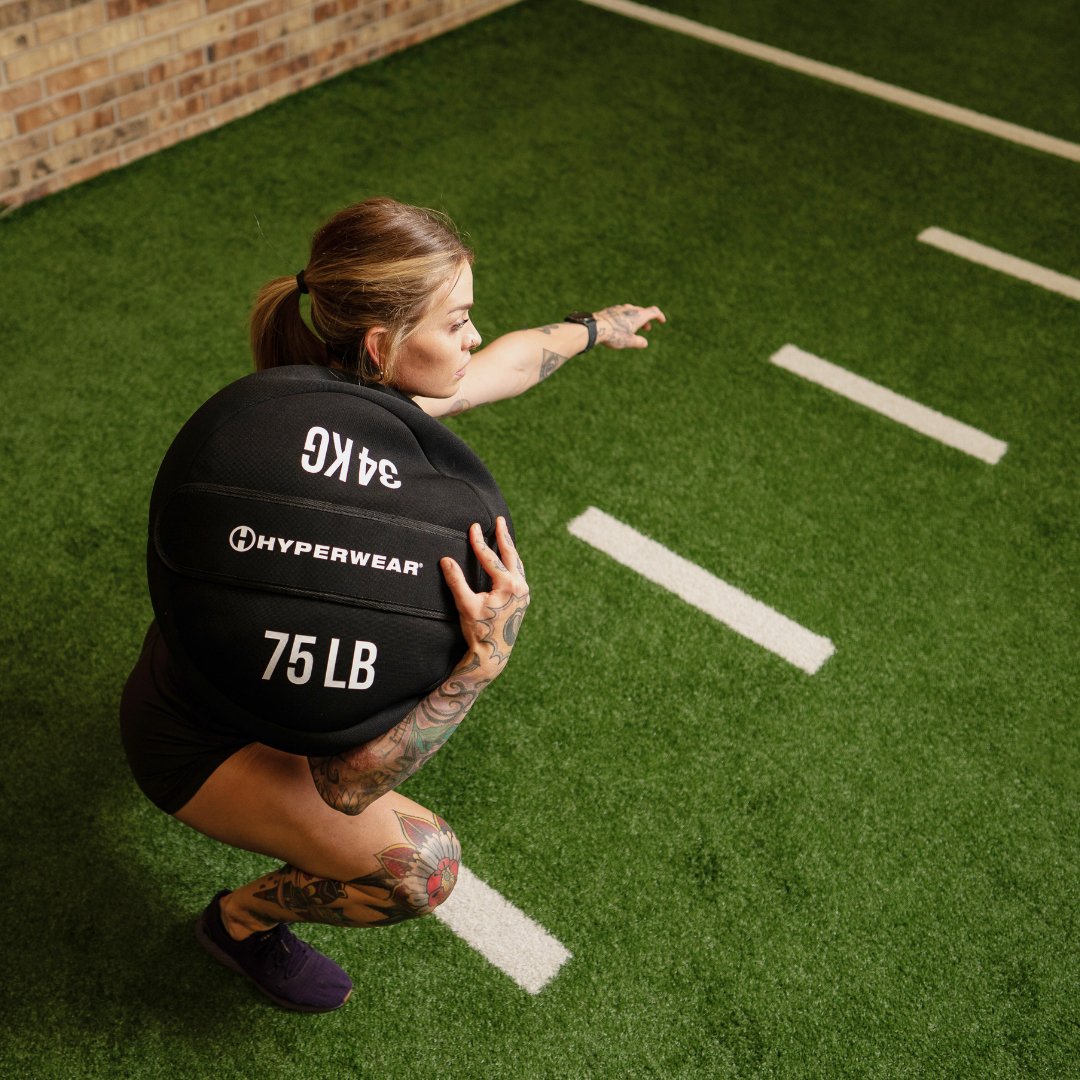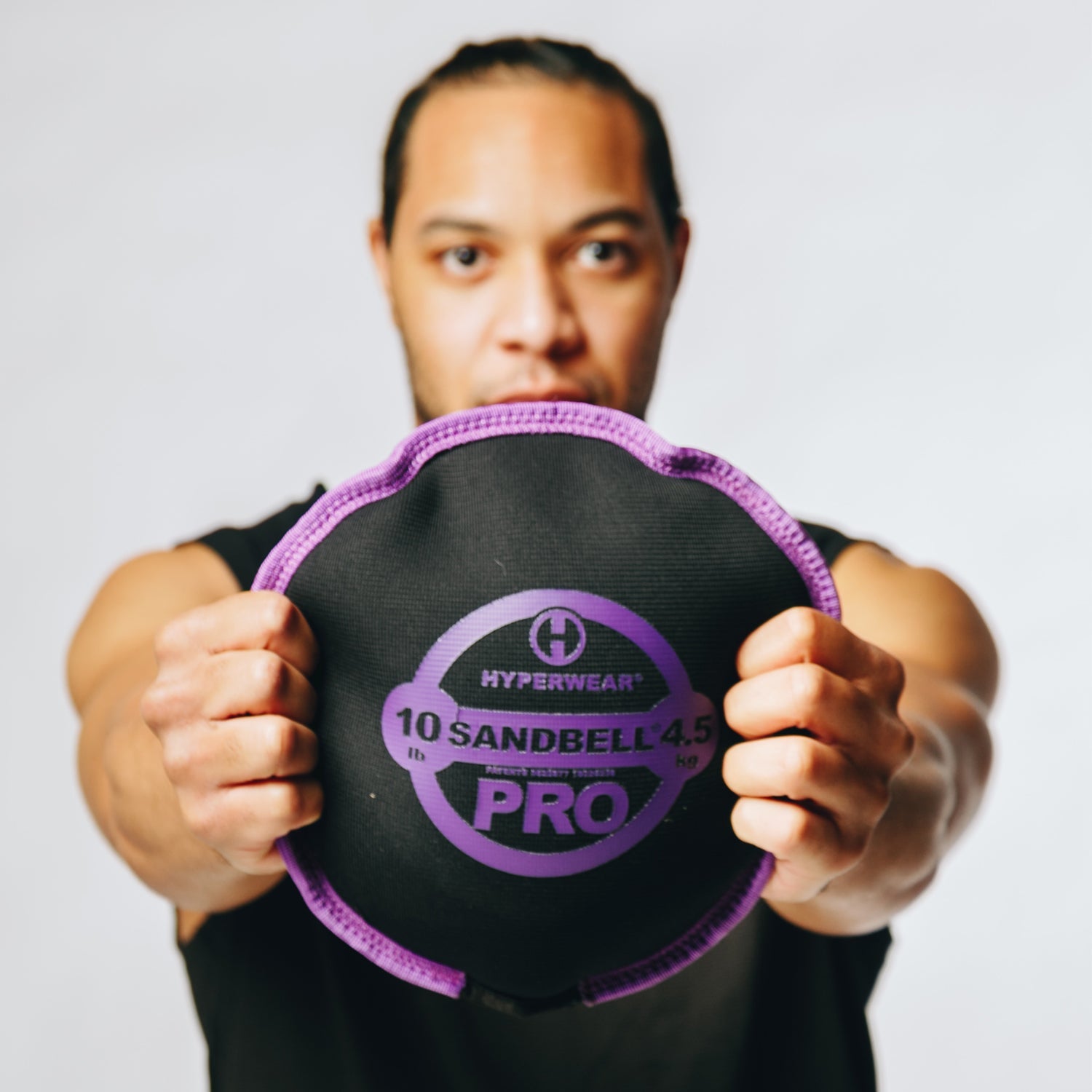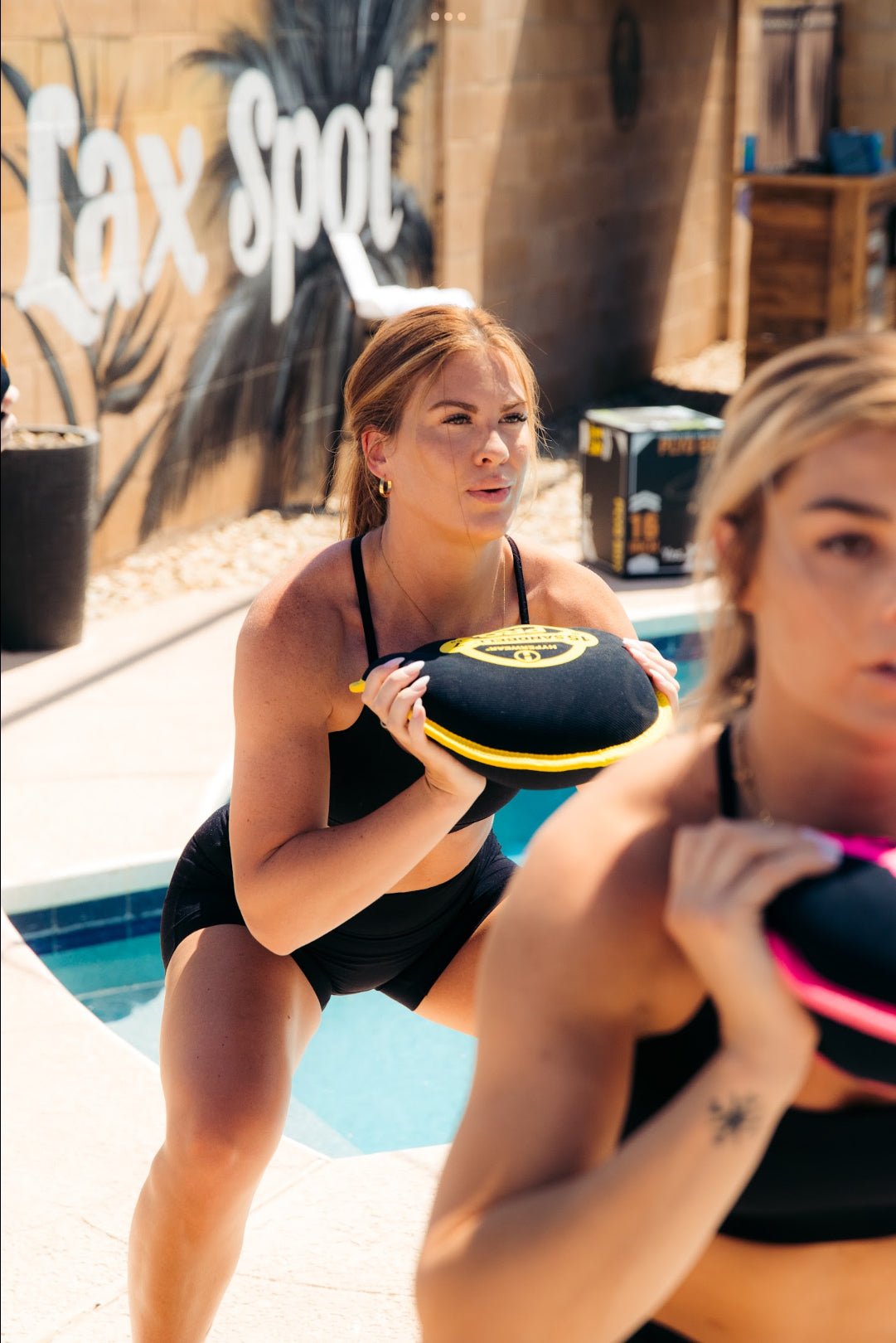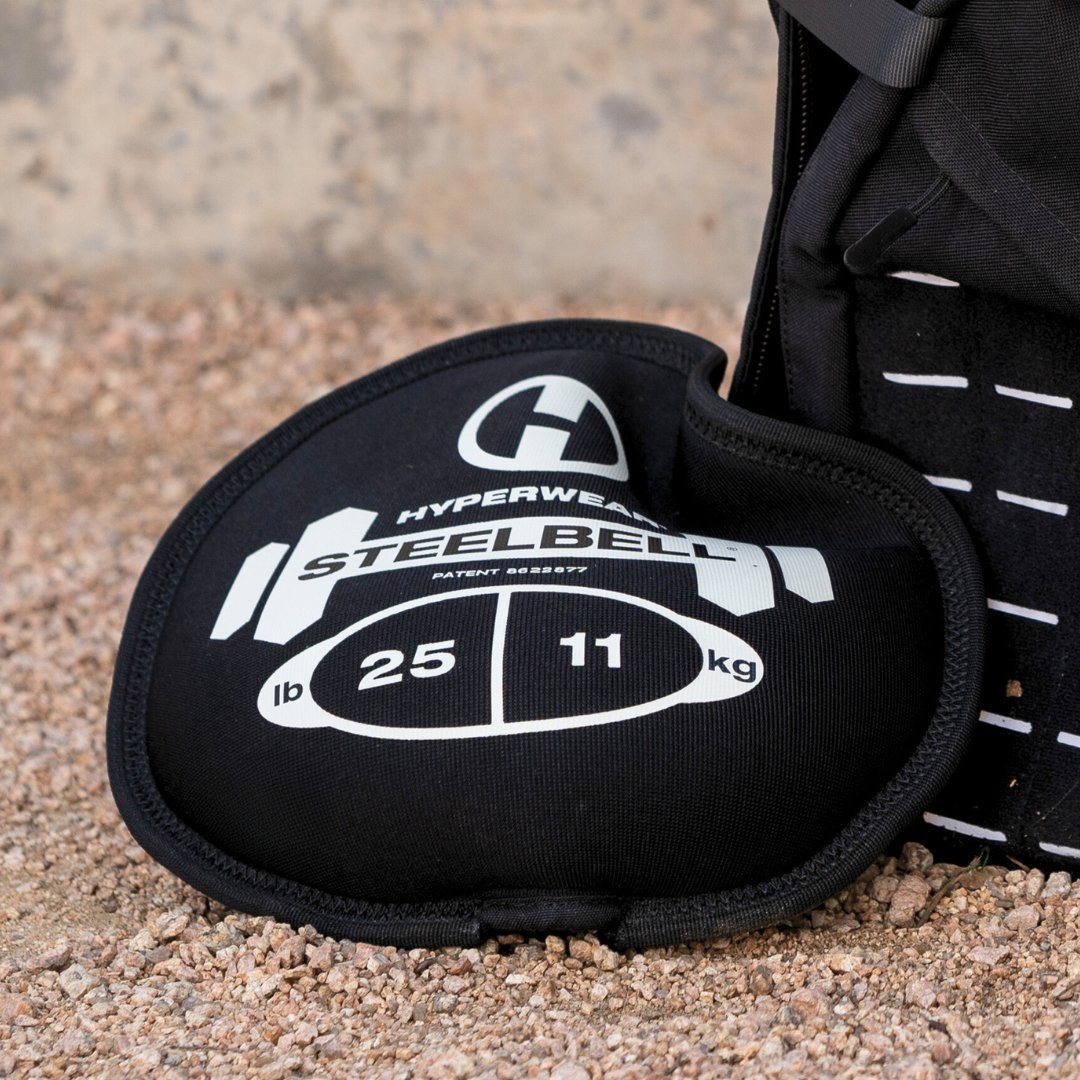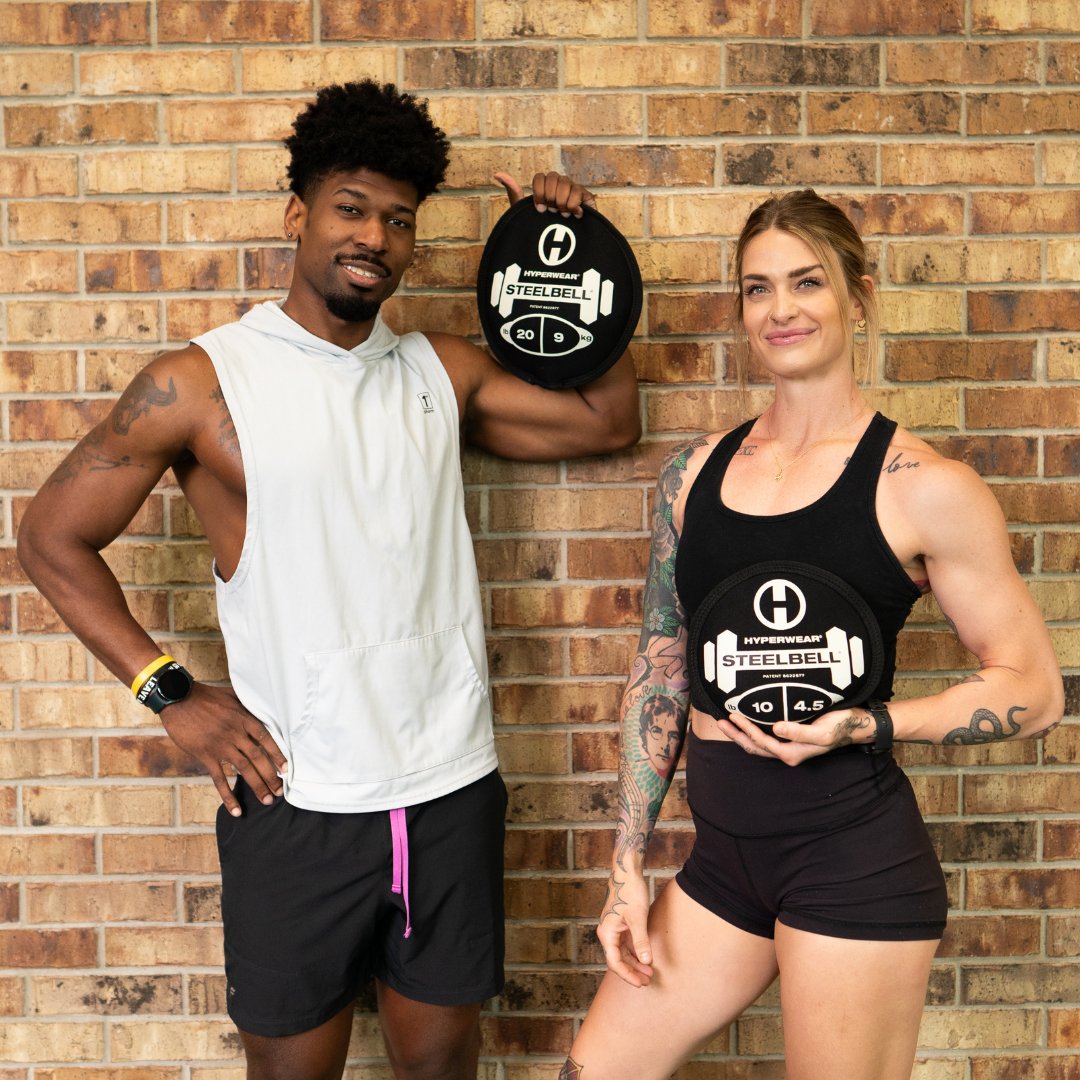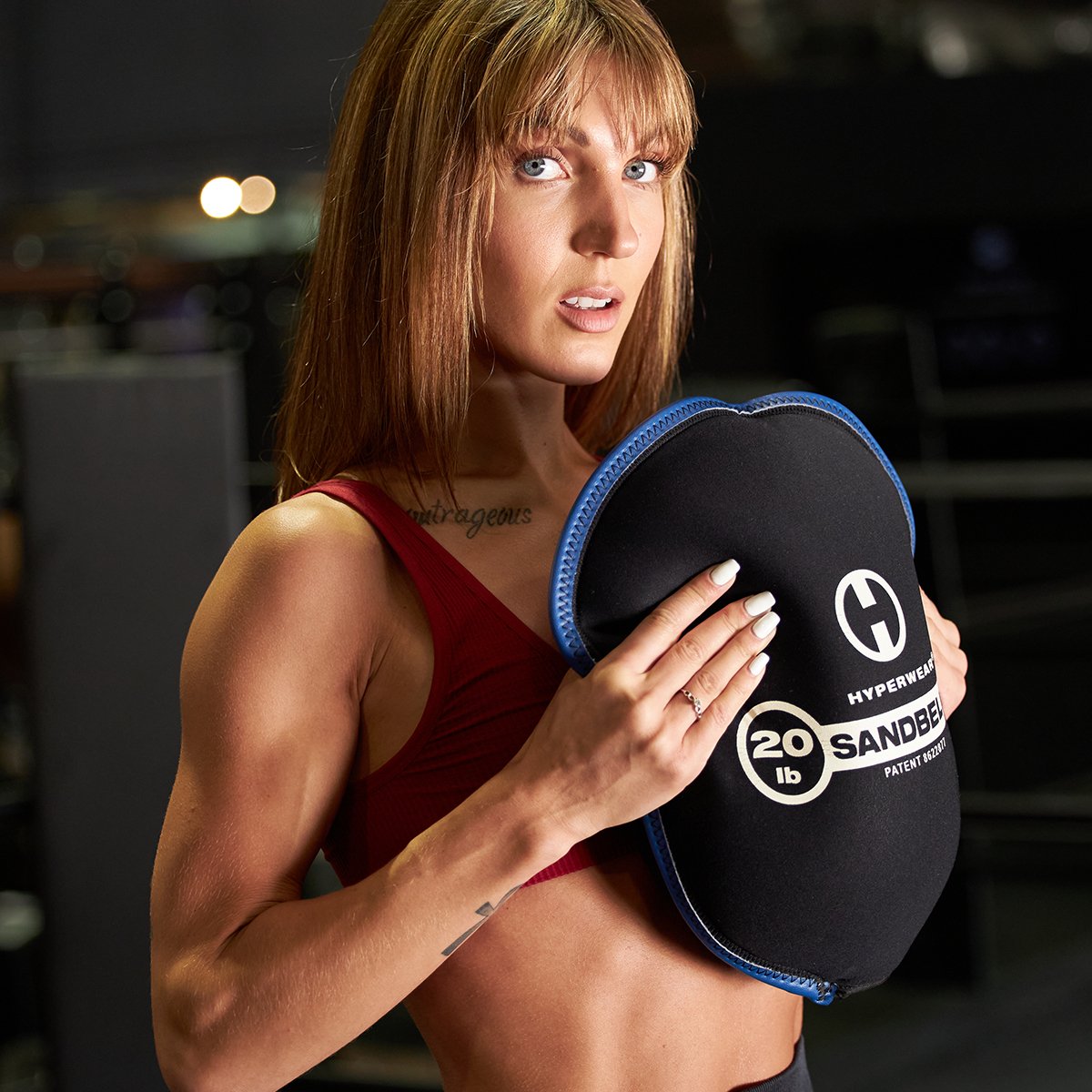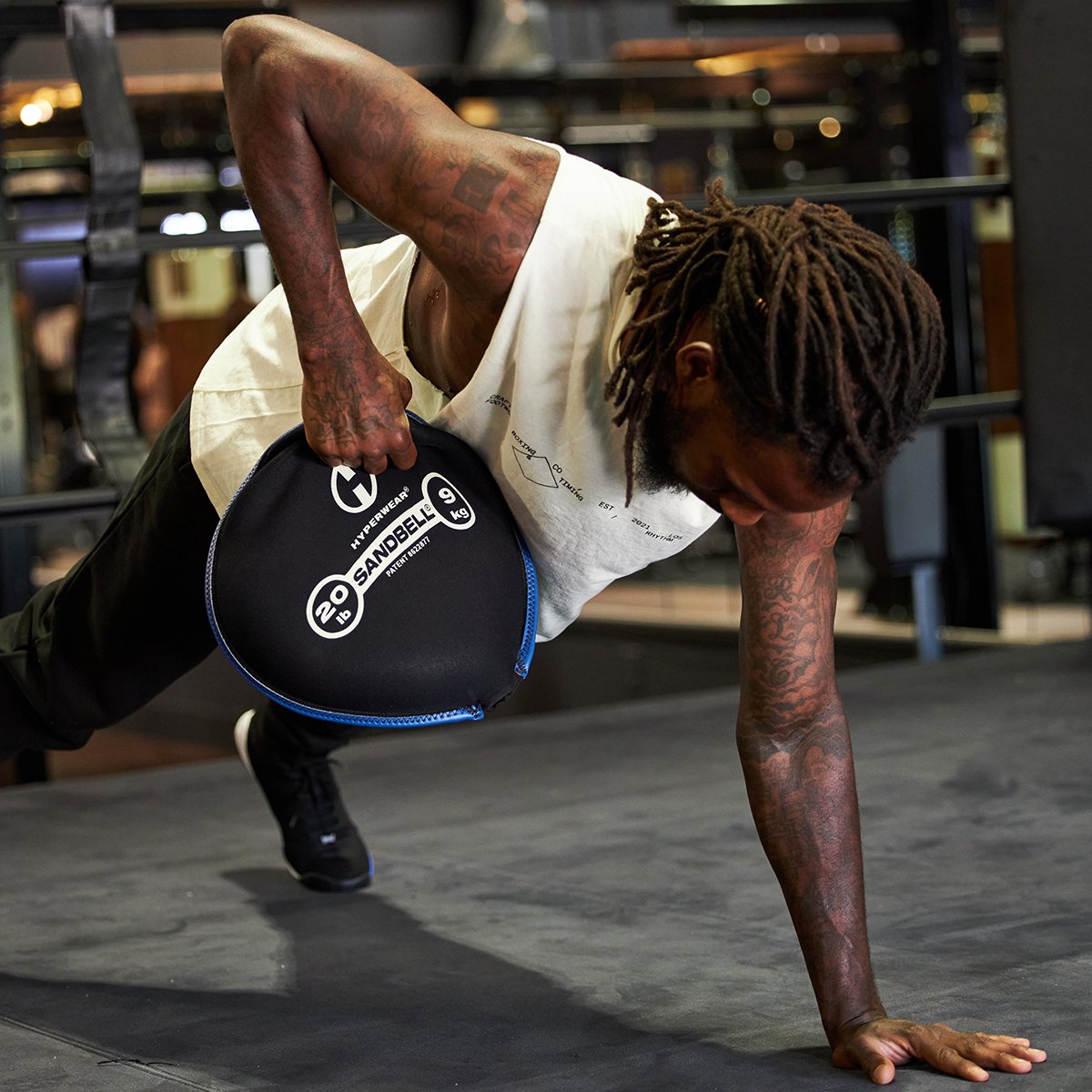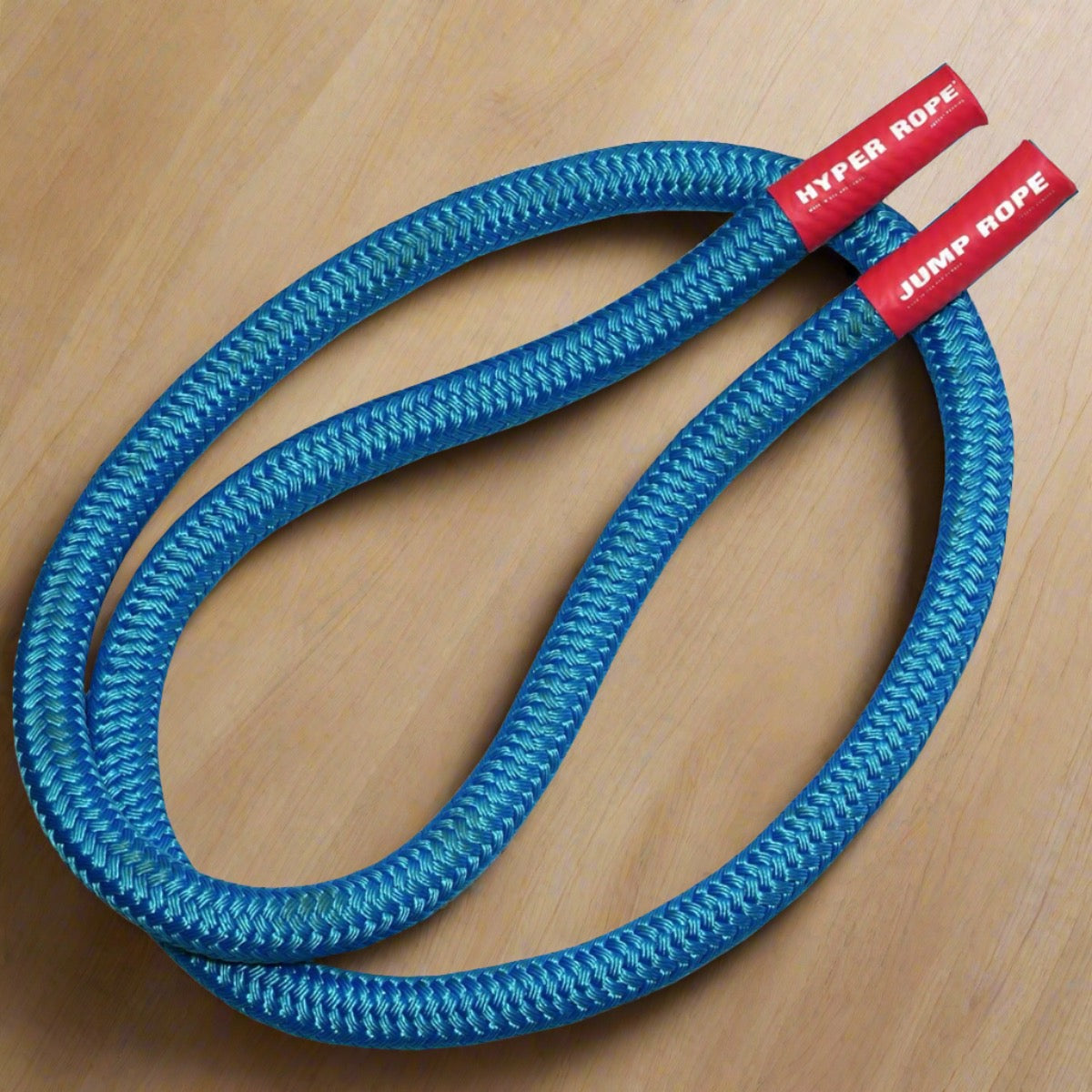So you might wonder why the history lesson? All of this is to show that there is more than one form of deadlifting. Although the term is most commonly used in reference to a barbell, the deadlift is simply a movement pattern. The movement simply refers to picking weight off the floor, with the weight starting from a “dead” stop. Any form of resistance can be used, with one of the safest being a kettlebell deadlift.
This exercise will load the posterior chain, with an emphasis on the hamstrings and lower back. Although many fear that the deadlift will hurt their lower back, when modified properly to the individual it is one of the best ways to prevent low back pain.
The kettlebell deadlift is designed to teach you how to properly pick up heavier objects from the floor. Whether it is a grocery bag or a couch, at some point everyone has to hinge over and pick up weight. By training this pattern properly, the frequency of lower back injuries can be greatly reduced.
Meanwhile, the kettlebell deadlift is also great for athletes. It teaches a proper hinge pattern, which is important for explosiveness. The better an athlete is able to hinge, the more force they can put into the ground. By applying more force through the ground, the athlete will be able to jump higher while performing at higher levels.
Deadlift Technique and Tips
The most important part of the deadlift technique is the hinge. In order to perform the proper hinge, the movement must come from the hips. One of the most common mistakes in the deadlift is extending off the ground using the back. Although the low back is an important part of the movement, the pull must come from pressing the legs into the ground and driving the hips forward. This will help keep the lower back safe throughout the movement, while engaging the hamstrings.
In order to maintain the spine’s natural curvature, the core must be braced throughout the deadlift. It is important to also remember that the upper body must be engaged to properly lift. As mentioned earlier, people will lift with a rounded back often due to lack of engagement from the upper back. Overall, the key to a proper deadlift is the driving from the hips and activating all of the posterior chain to pull.
Kettlebell Deadlift Benefits
Since the deadlift is a compound exercise that works the posterior chain, there are several body parts that this lift strengthens. You will mainly see the hamstrings, glutes, erector spinae, latissimus dorsi, trapezius, and muscle of the forearms and deep core receive the most benefits.
The main reason why this exercise is essential to human function is that most people perform this movement everyday. Often when people reach down to pick something off the ground, they are using a deadlift form. Most people may believe that this exercise can further injure their backs, however, when performed properly the deadlift may resolve many of their back issues.
Often time, mastering the deadlift can help make other movements easier. The deadlift can help improve most squat patterns because it targets lower body muscles differently than squats. The deadlift can also help improve your back and grip strength. Some people find that performing deadlifts can aid in their ability to perform pull ups. Since the deadlift is a compound exercise targeting different muscle groups, a number of different exercises can benefit from this.
How to Warm-Up for a Kettlebell Deadlift
- With heavier exercises, be sure to warm up properly. For exercises such as the kettlebell deadlift, it is important to make sure that the thoracic spine, posterior chain, and core are firing on all cylinders.
- To warm up the thoracic spine, start with banded rows. The weight does not need to be crazy heavy, just enough to get the muscles firing properly. Hinge over slightly, imitating the starting position for your kettlebell deadlift. From there, pull the band, being sure to move with control. This will get the muscles in the upper back activated, which helps with pulling later on.
- The largest component of the kettlebell deadlift comes from the posterior chain. This means that you need to get your backside firing in order to perform the movement safely. A great exercise for warming up the posterior chain is a SandBell Hip Bridge. Hip Bridging targets the muscles on the back side of the body, while being safely overloaded using a Hyperwear SandBell. Begin with your back on the floor and your knees bent. From here, push through the heels driving the hips up. Be sure to lift from the heels, not from the back. Slowly return to the starting position. Repeat this 20 times.
- Finally, make sure that your core is activated. A simple, yet effective way to accomplish this task is a dead bug. You start by lying on your back, with your knees bent in the air and your arms extended. From there, slowly move one arm and leg away from each other, while avoiding any shifting on the other side. Perform 15 reps per side, adding load if you feel comfortable.
How to Do a Kettlebell Deadlift
Step 1: Start Position
Begin by standing slightly behind the kettlebell with the feet hip width apart. Start to lower your torso by hinging at your hips and bending the knees. You should be low enough to extend the arms and reach the kettlebell directly underneath you. At this point the hips should be slightly lower than the chest.
Step 2: Engagement
Before lifting the kettlebell off the ground, create tension throughout the body by simultaneously pushing the legs off the ground and pulling them apart. Brace the stomach, squeeze the armpits, and pull the shoulder blades together to keep the rest of the upper body engaged.
Step 3: Lift
Start the action of lifting by pushing the hips forward and up. The legs and torso will extend naturally to a standing position once the hips are aligned over the feet. This should not be a fast movement. Take your time and focus on creating tension throughout the body.
Step 4: Descent
To bring the weight back down, simply reverse the movement by pulling the hips back into the starting position. Continue to keep the rest of the body engaged in the descent to optimize strength gains.
How Do You Modify a Kettlebell Deadlift?
The Kettlebell deadlift can be modified in several different ways. A common example of a modification is reducing the weight. Mastering the technique for the deadlift is just as important as lifting the kettlebell. As a result, using a lighter weight is more favorable to focus on the form.
A great way to do this is through an adjustable kettlebell. Another common example is raising the height from which the weight is pulled. Some people are only able to perform the proper deadlift technique when pulling the weight from an elevated surface. Once they have mastered the form, they can begin to work on pulling from a lower height.
Other ways of modifying the kettlebell deadlift are changing foot positions or trying a different variation. A staggered foot stance can provide another way to activate the posterior chain, with emphasis on correcting imbalances. How far the staggered foot goes may depend on the person’s reason to modify.
The wide stance deadlift or the sumo deadlift, may be another optimal deadlift variation with the kettlebell, since it allows most people to lift the weight closer to squat pattern. The sumo deadlift also allows for greater control of the posture while extending through the hips.
One can always modify other factors such as speed, duration, direction, number of repetitions and sets to make the deadlift easier without changing one’s own position.
Time to Master Your Deadlift
Overall, the kettlebell deadlift is one of the best exercises out there, regardless of skill level. Whether you are a beginner or have spent years in a gym, everyone can benefit from learning the movement pattern. It will take time to master, but with practice, you can become efficient with the movement in a few weeks time!
